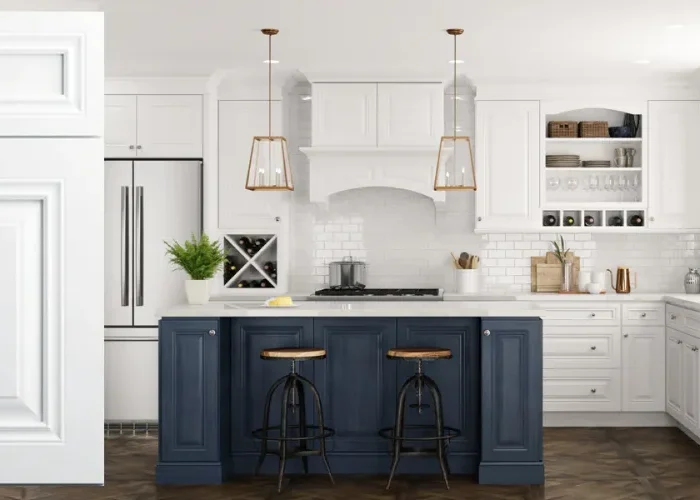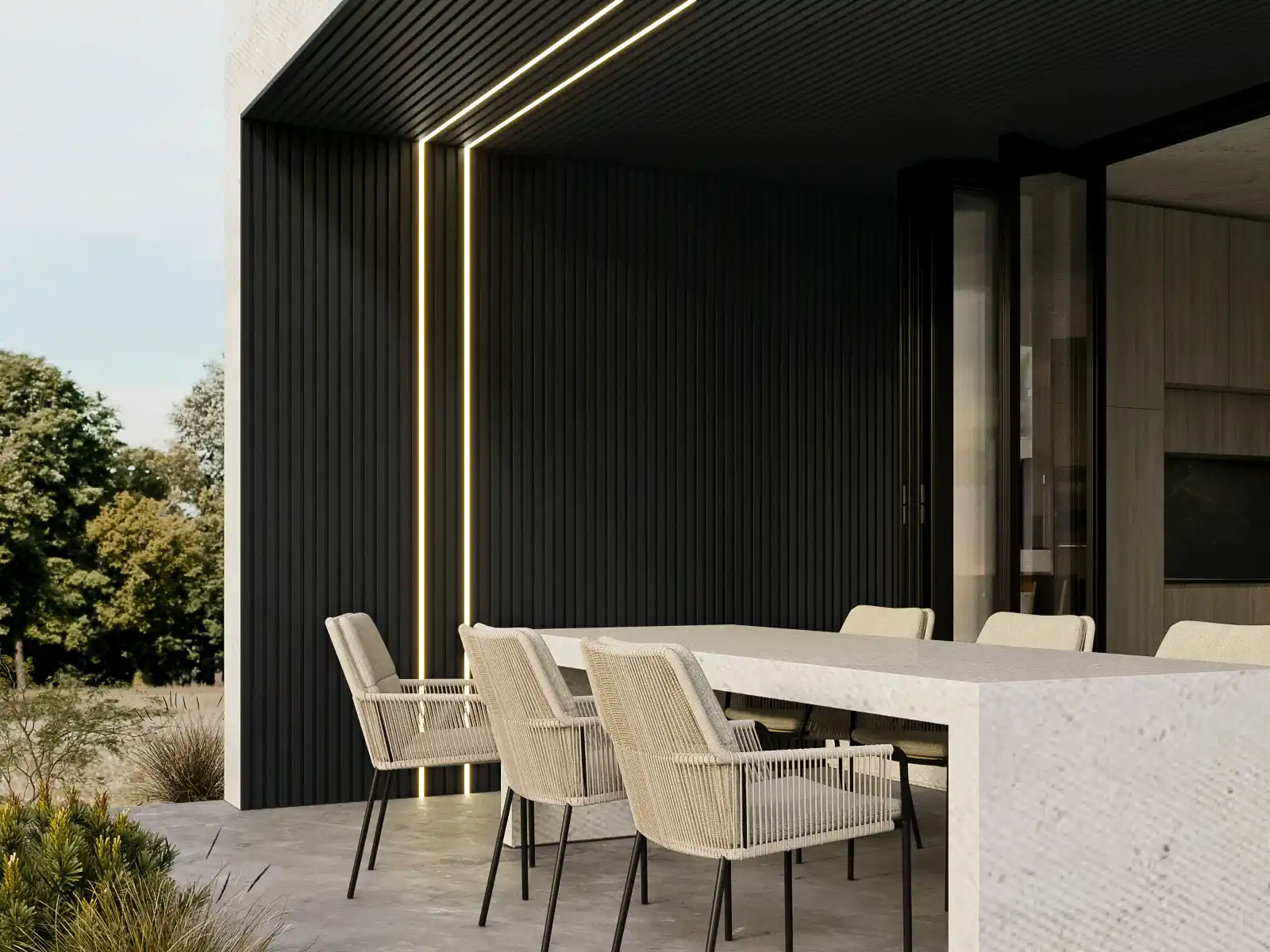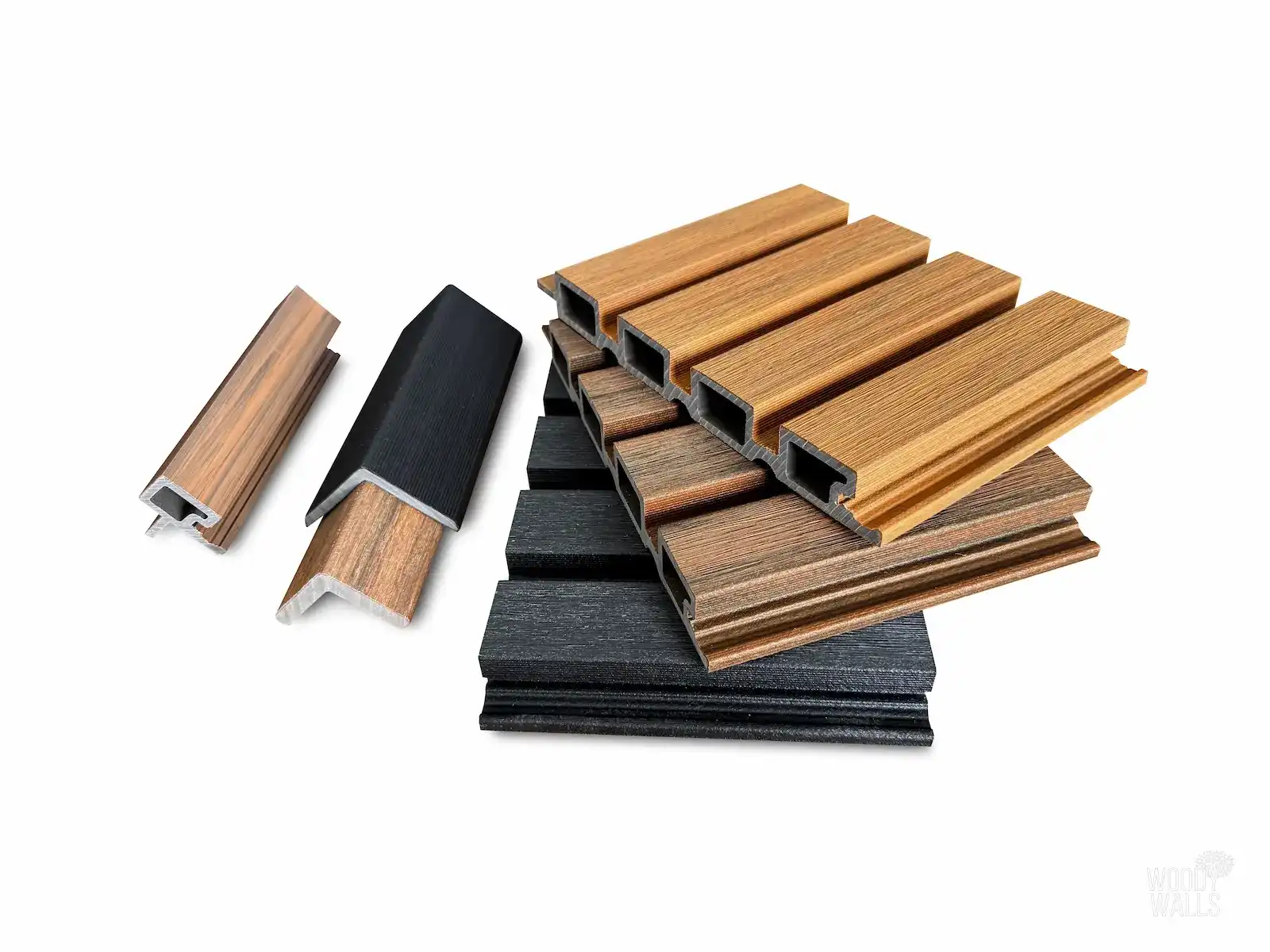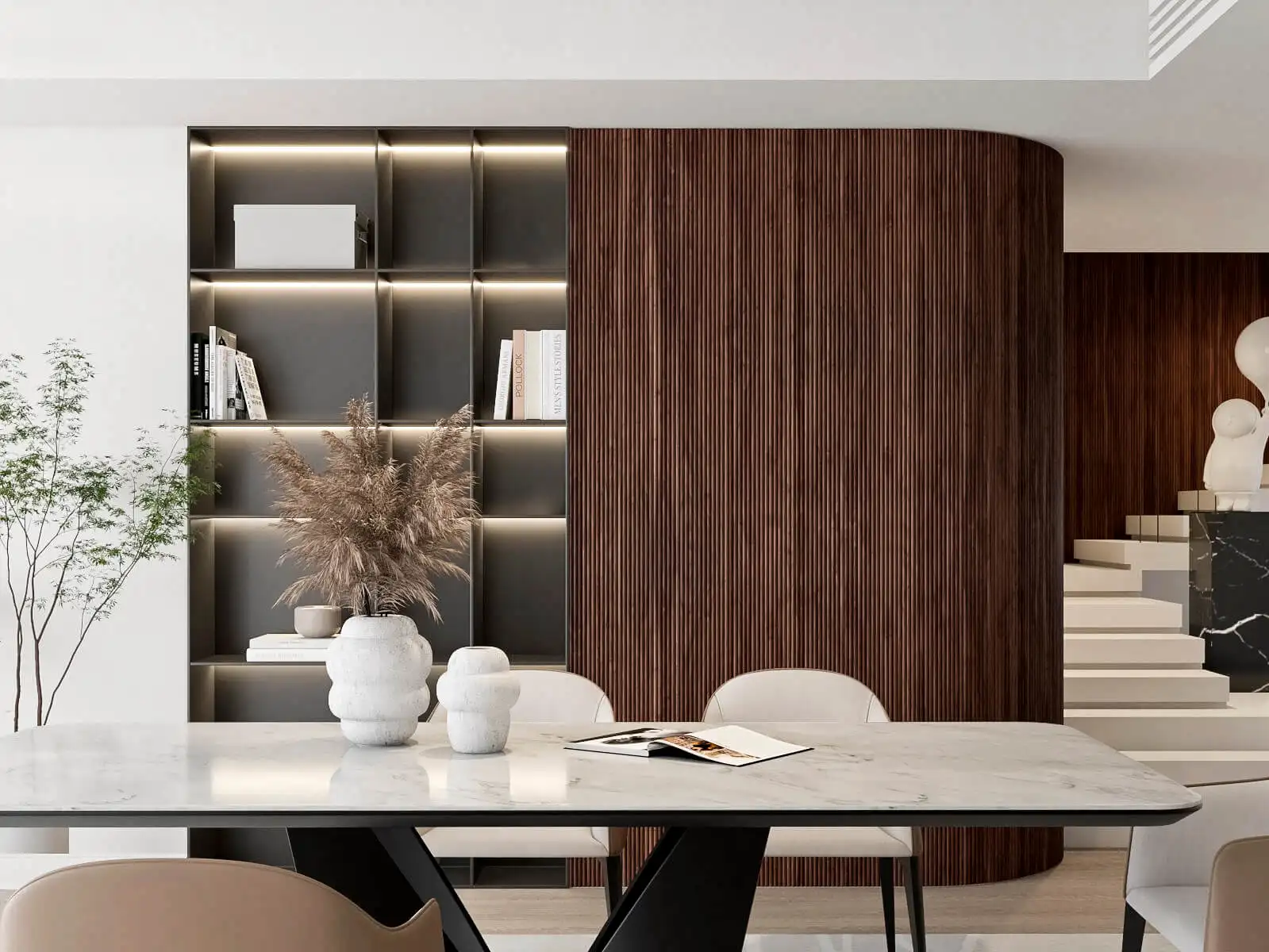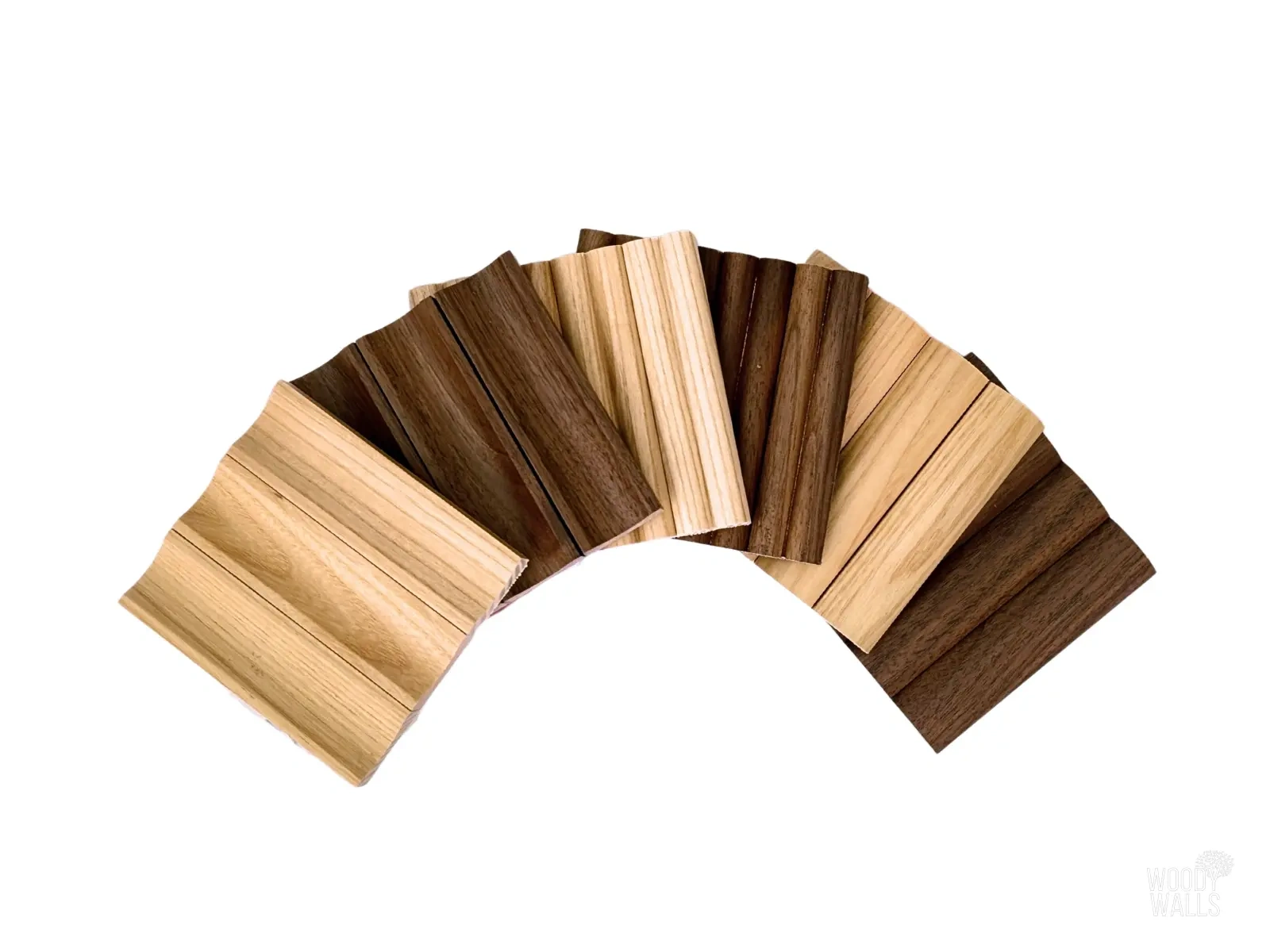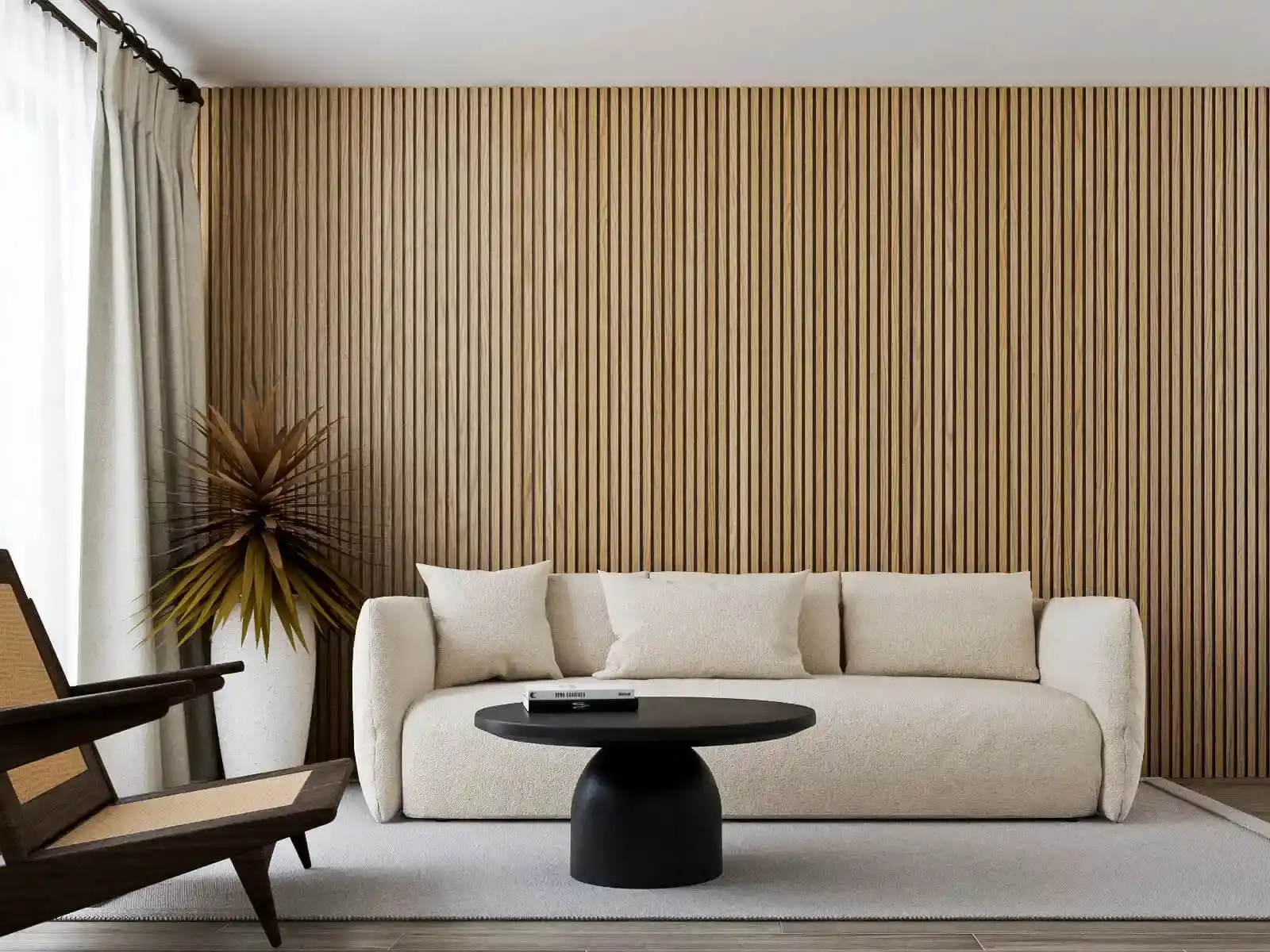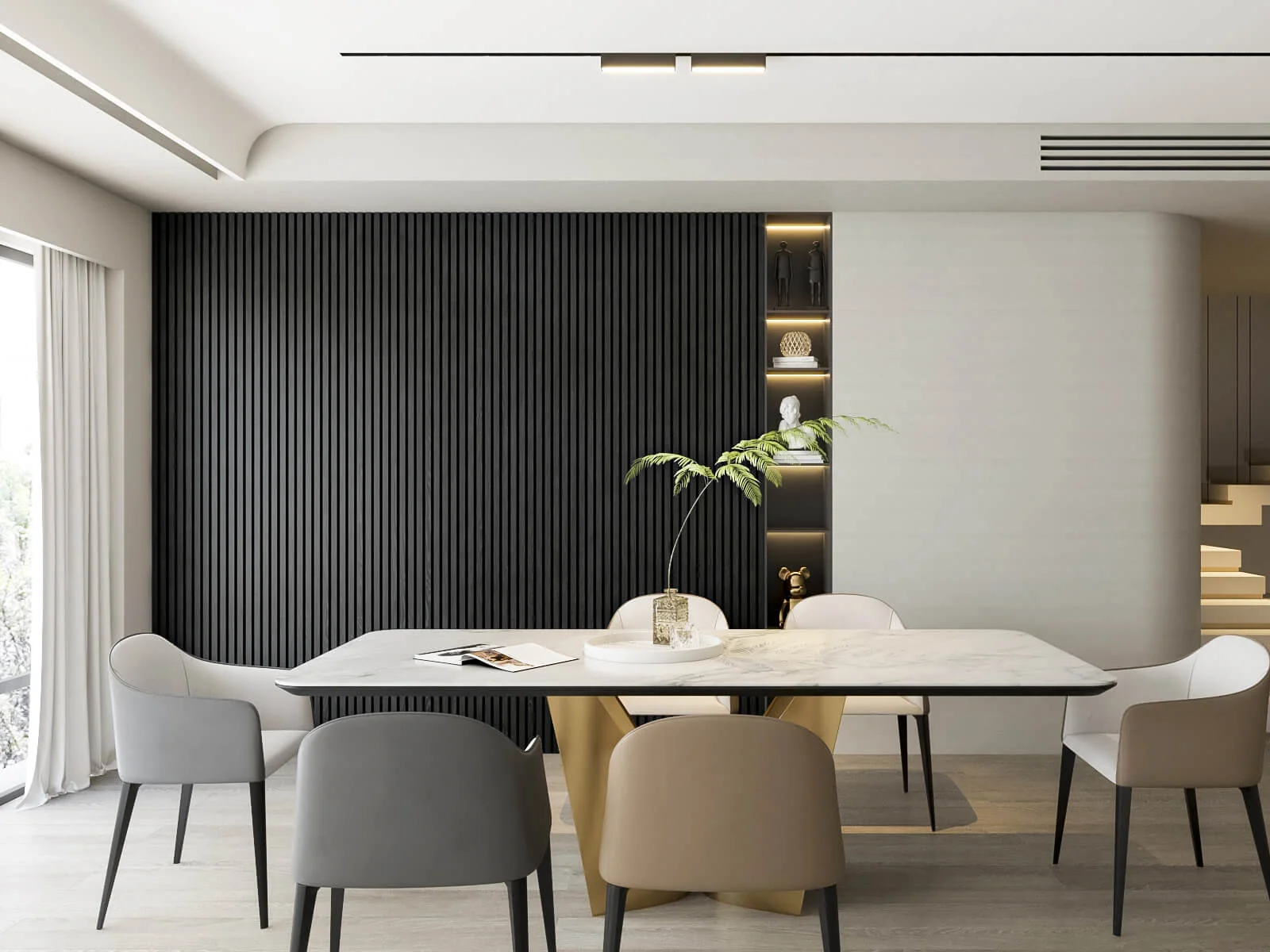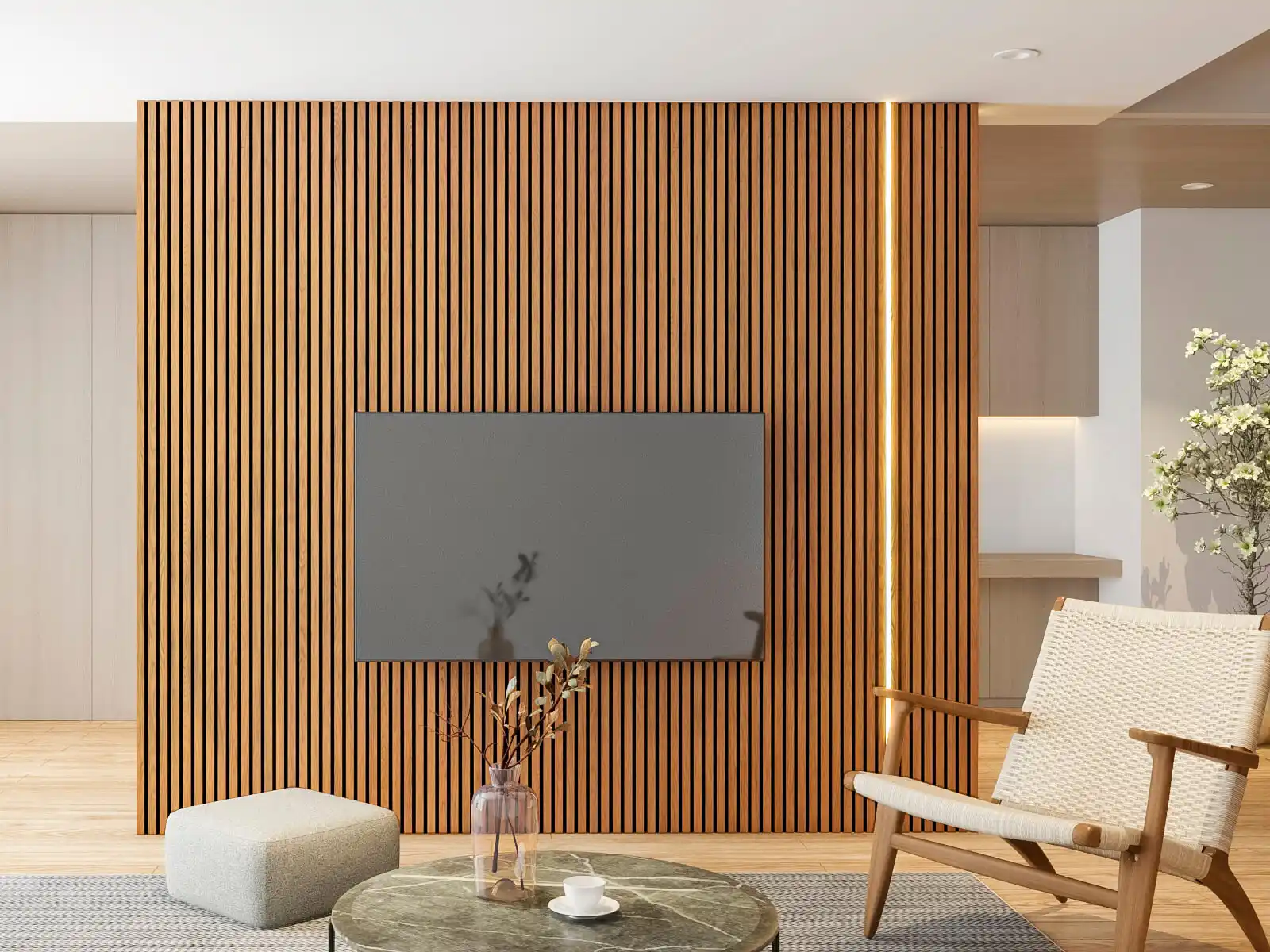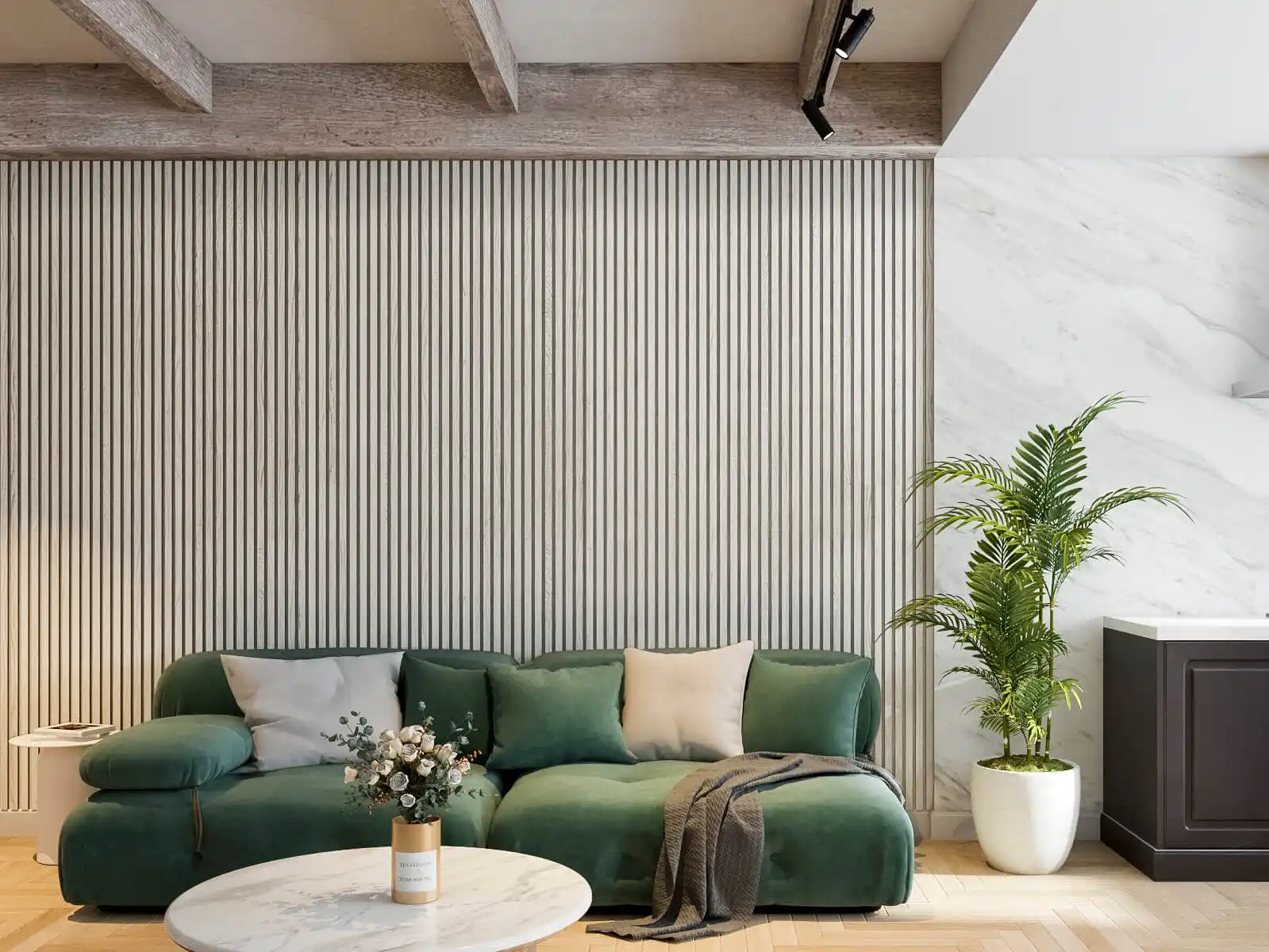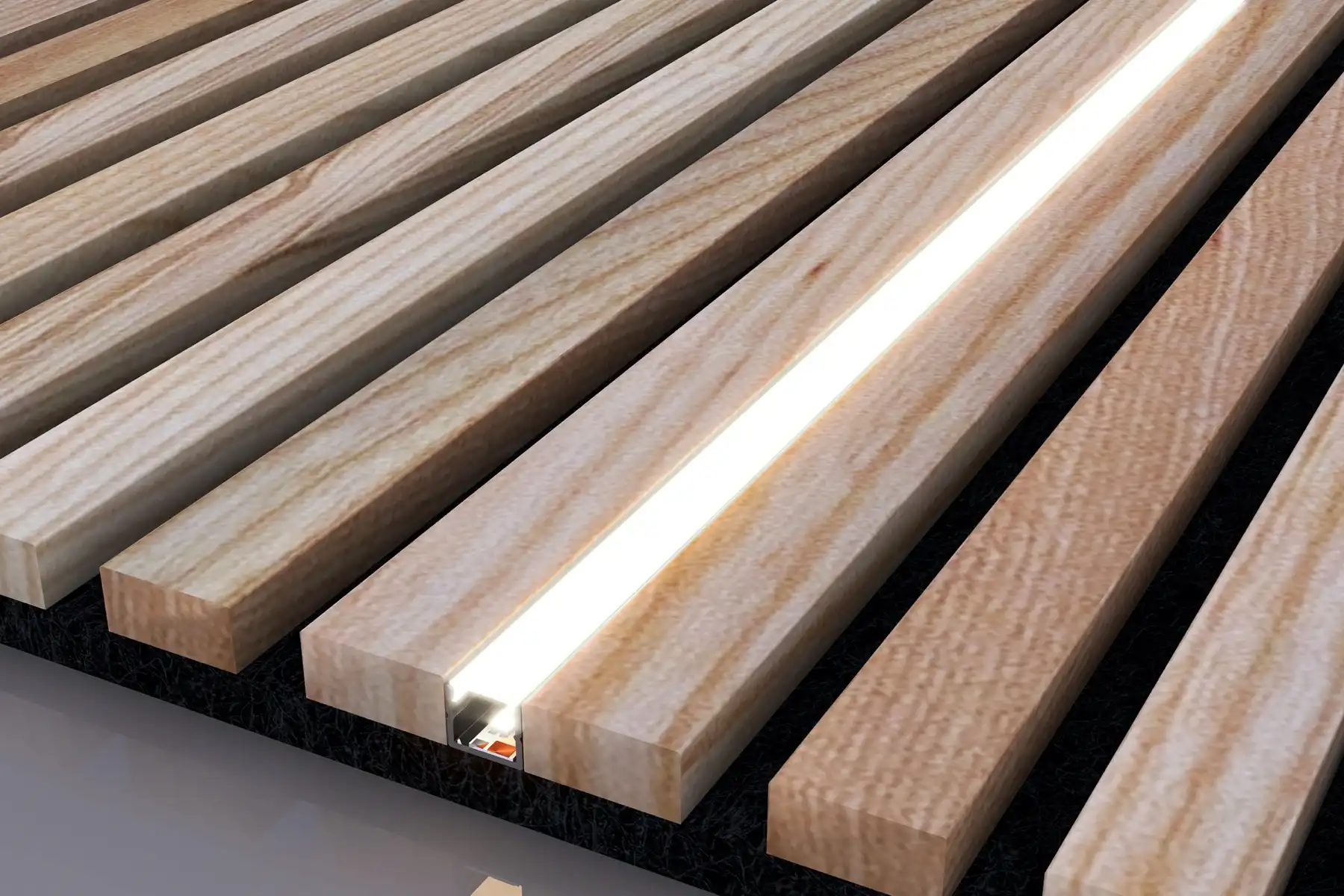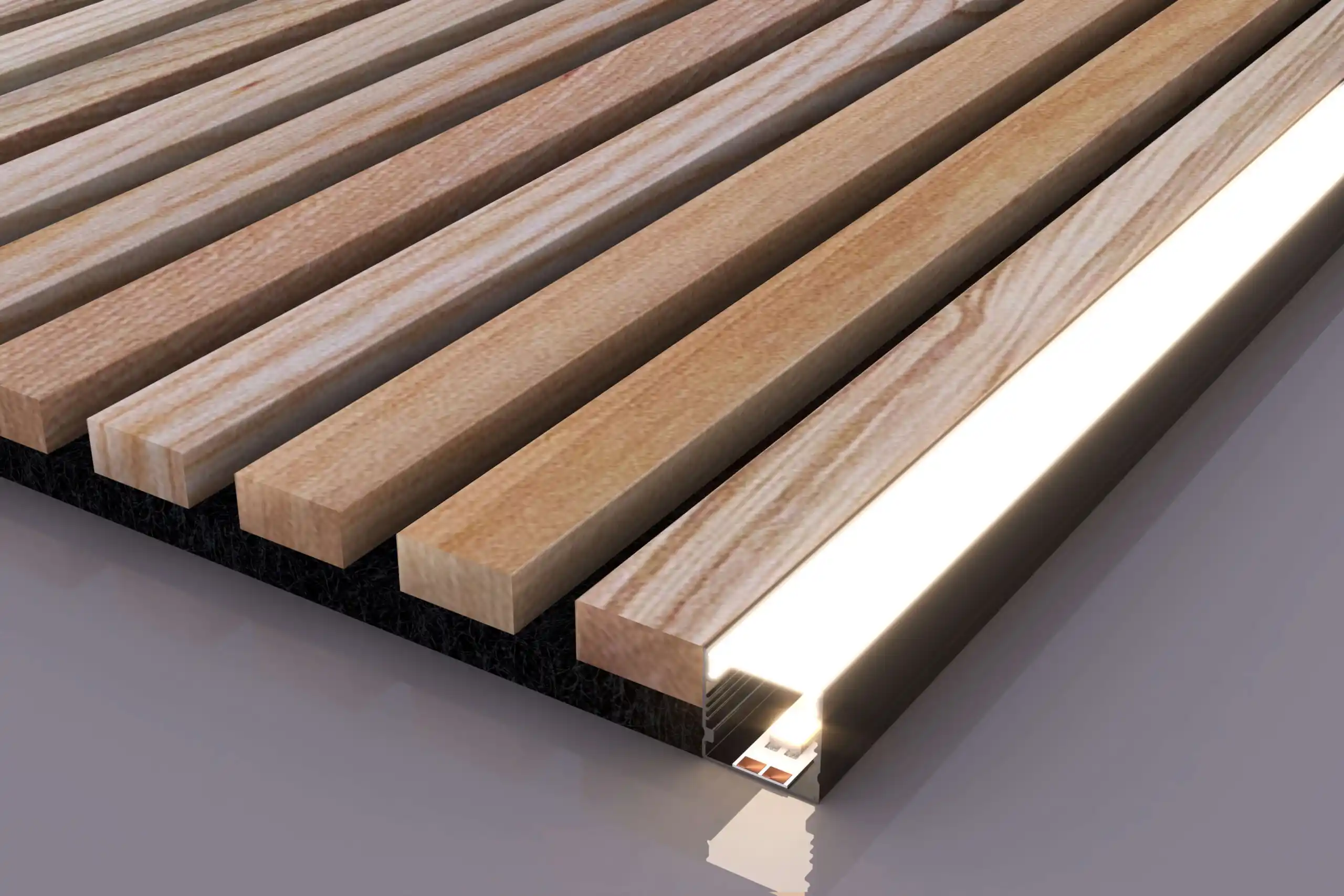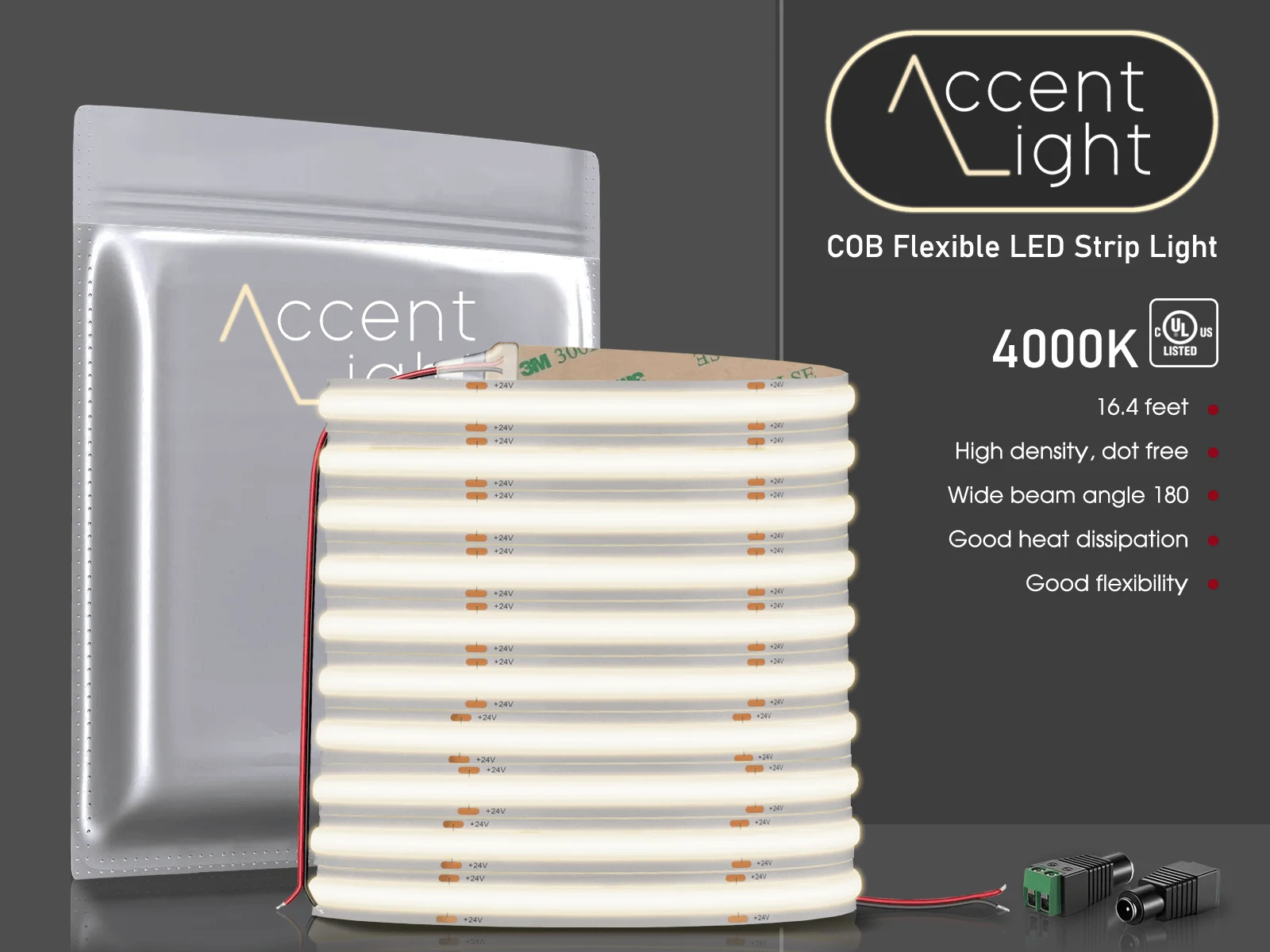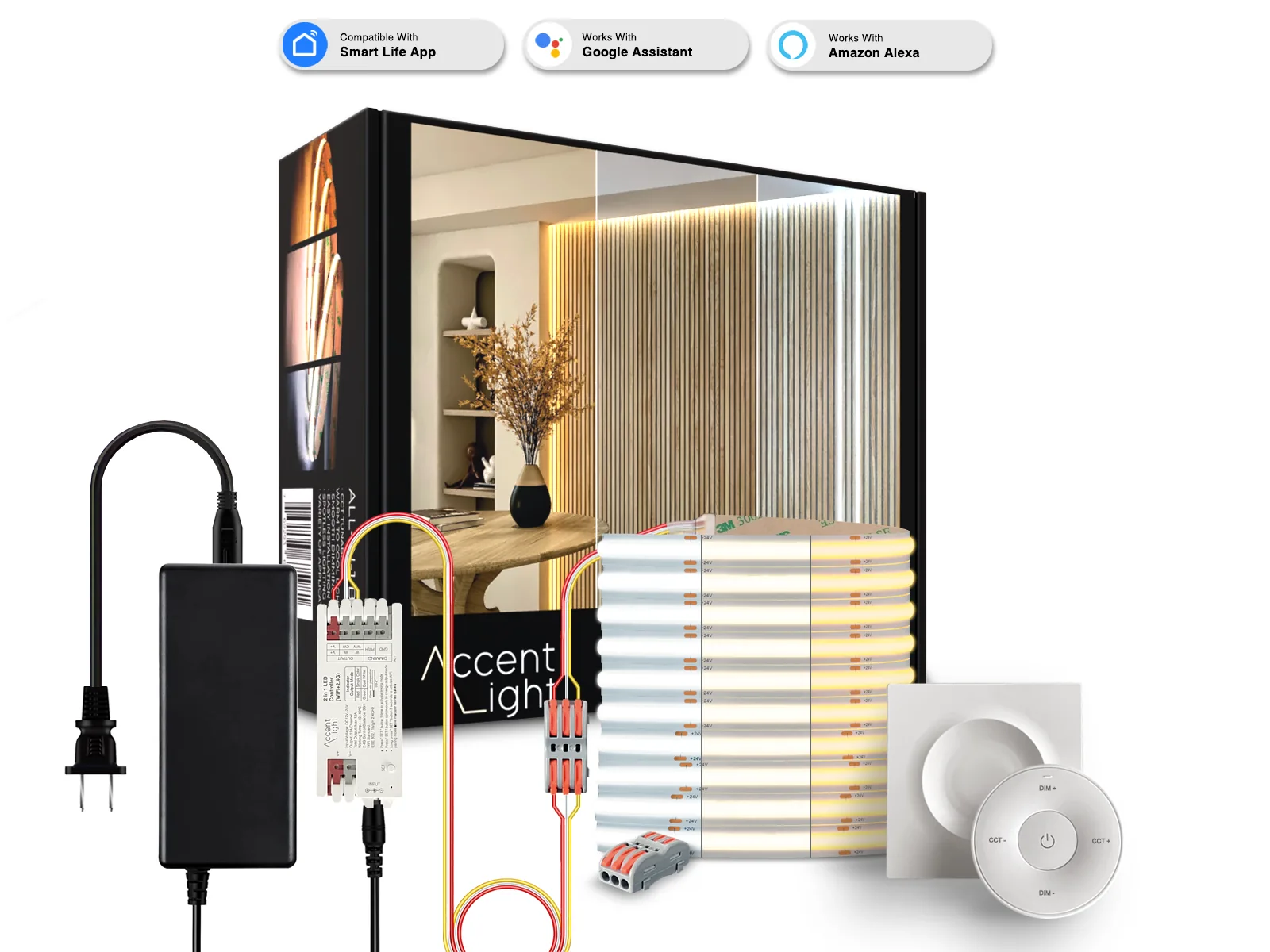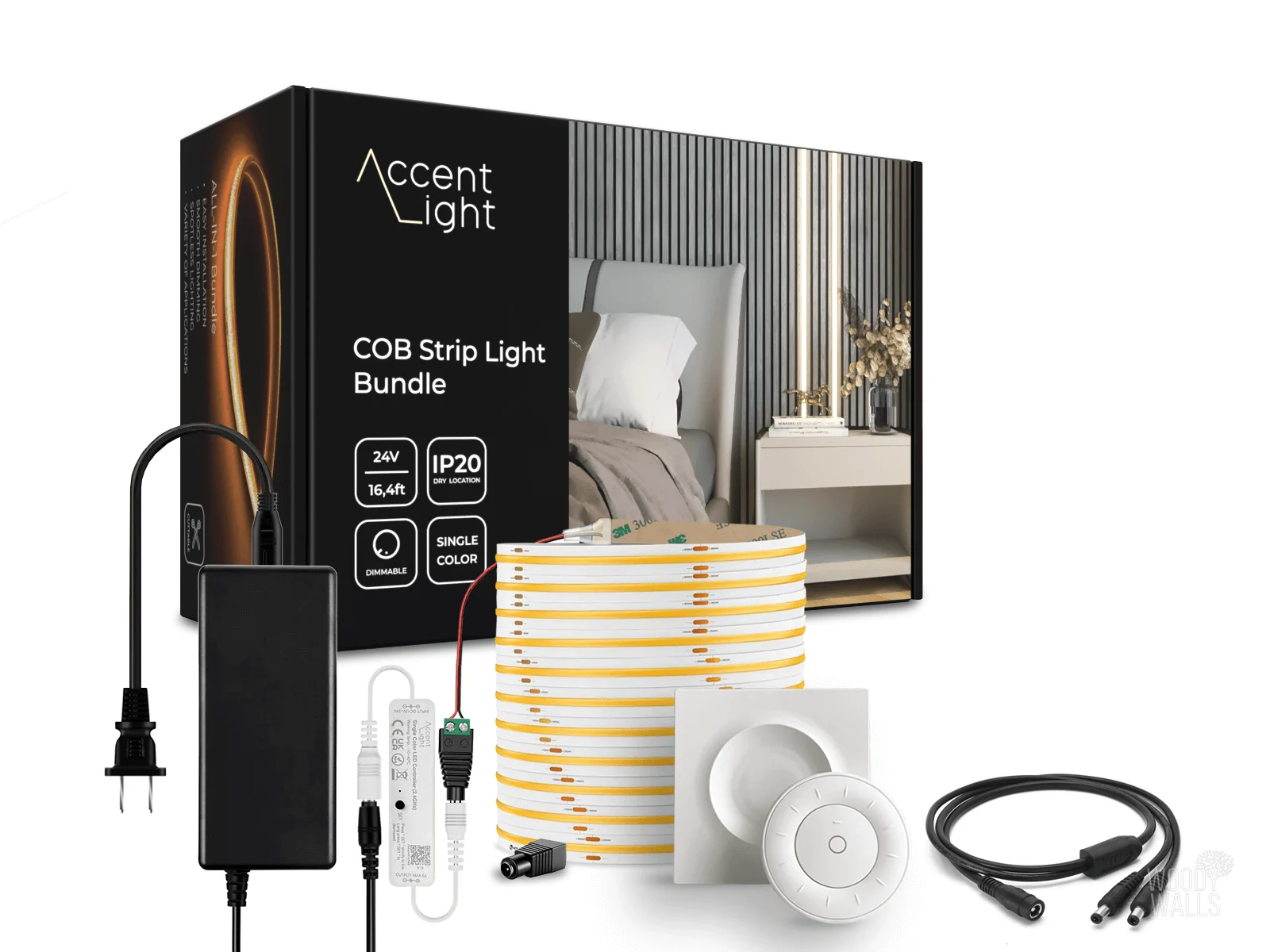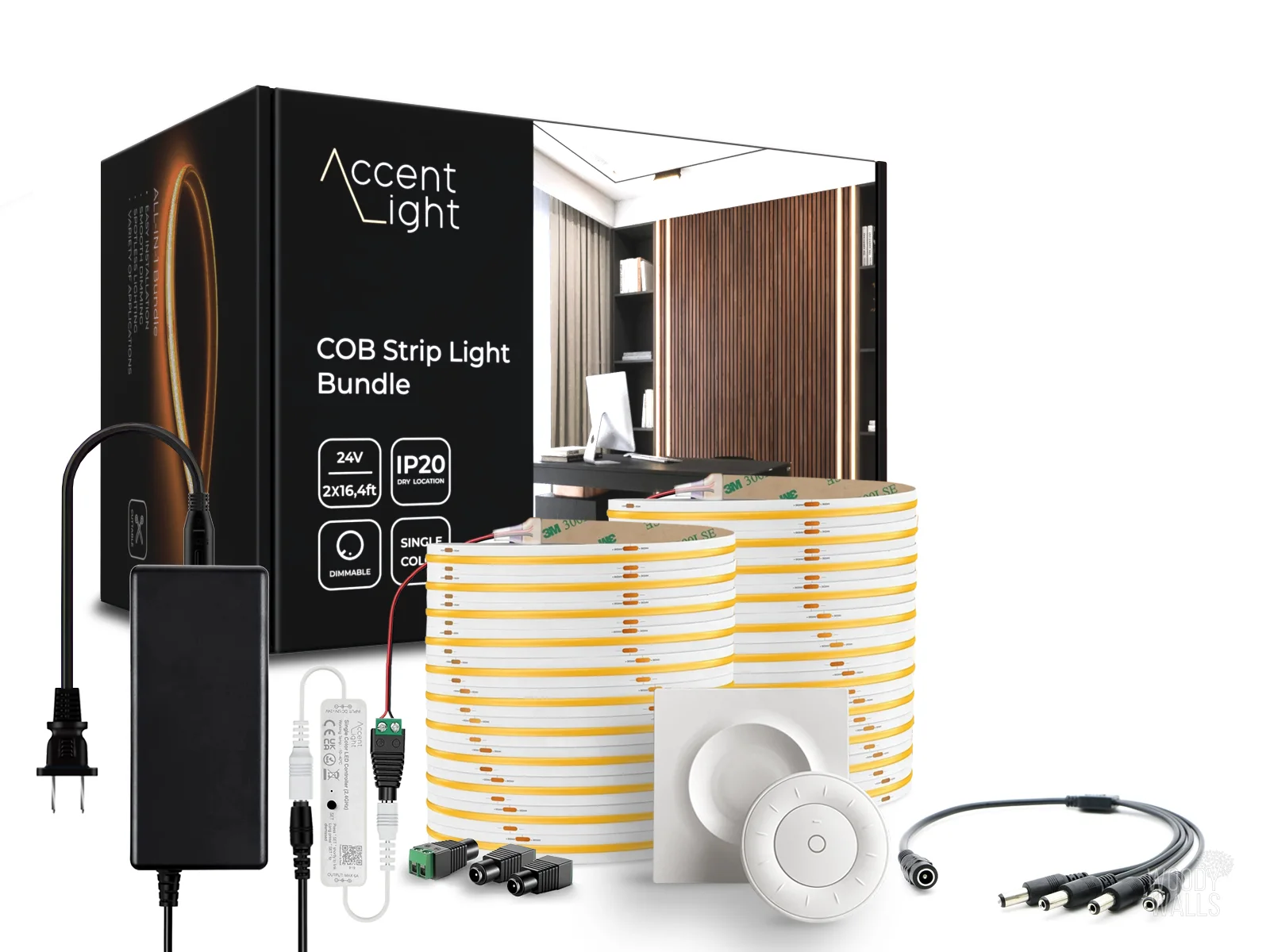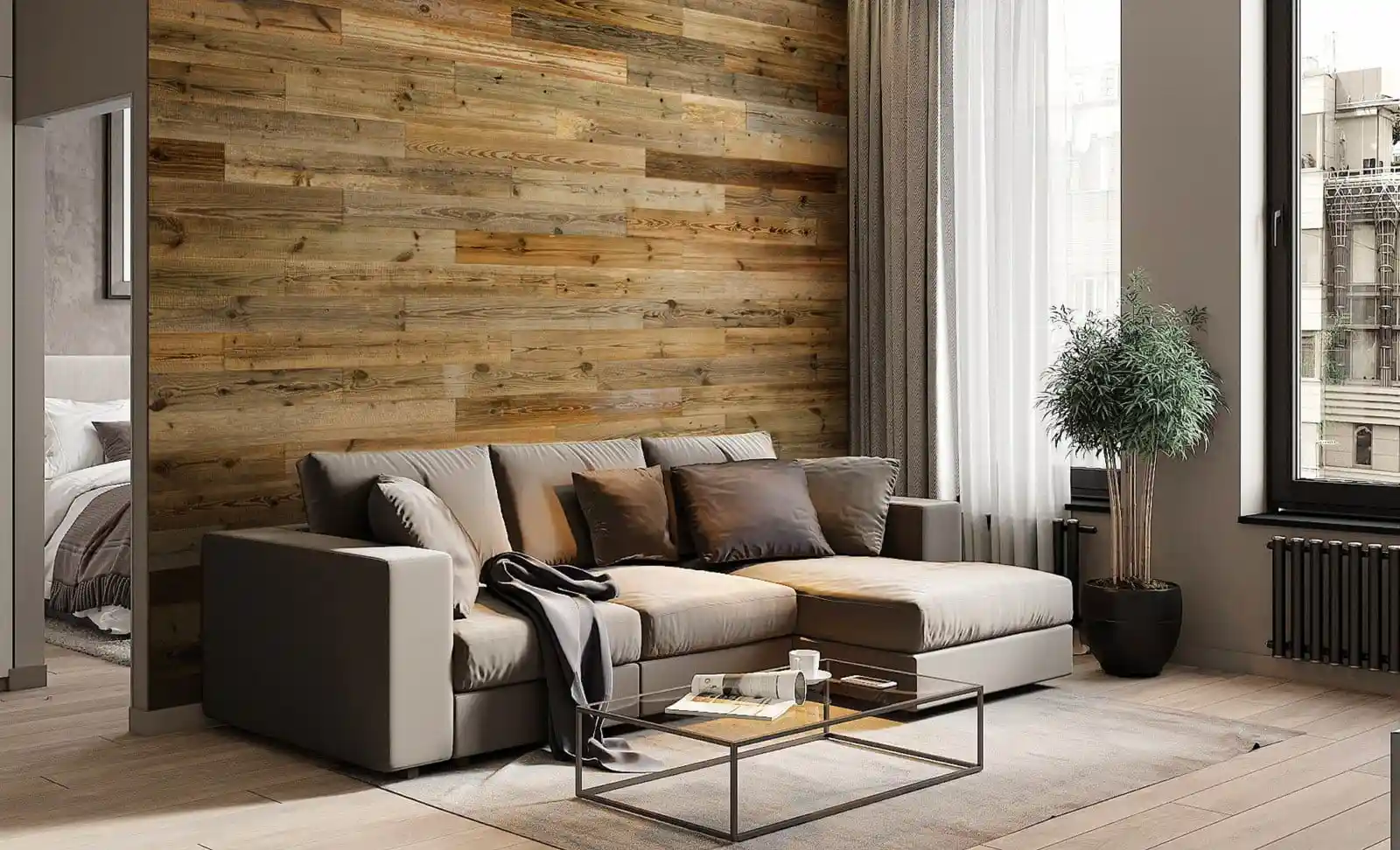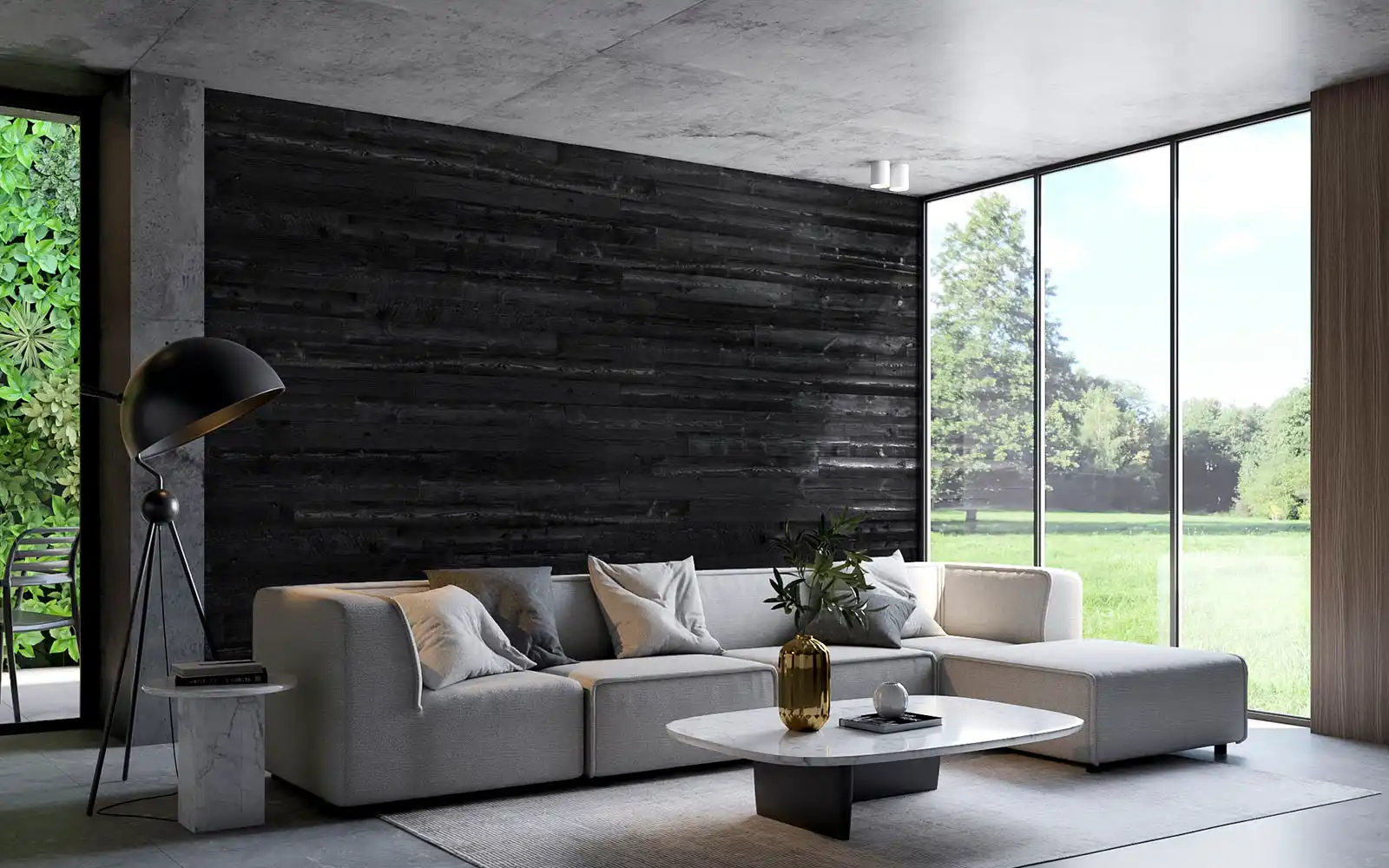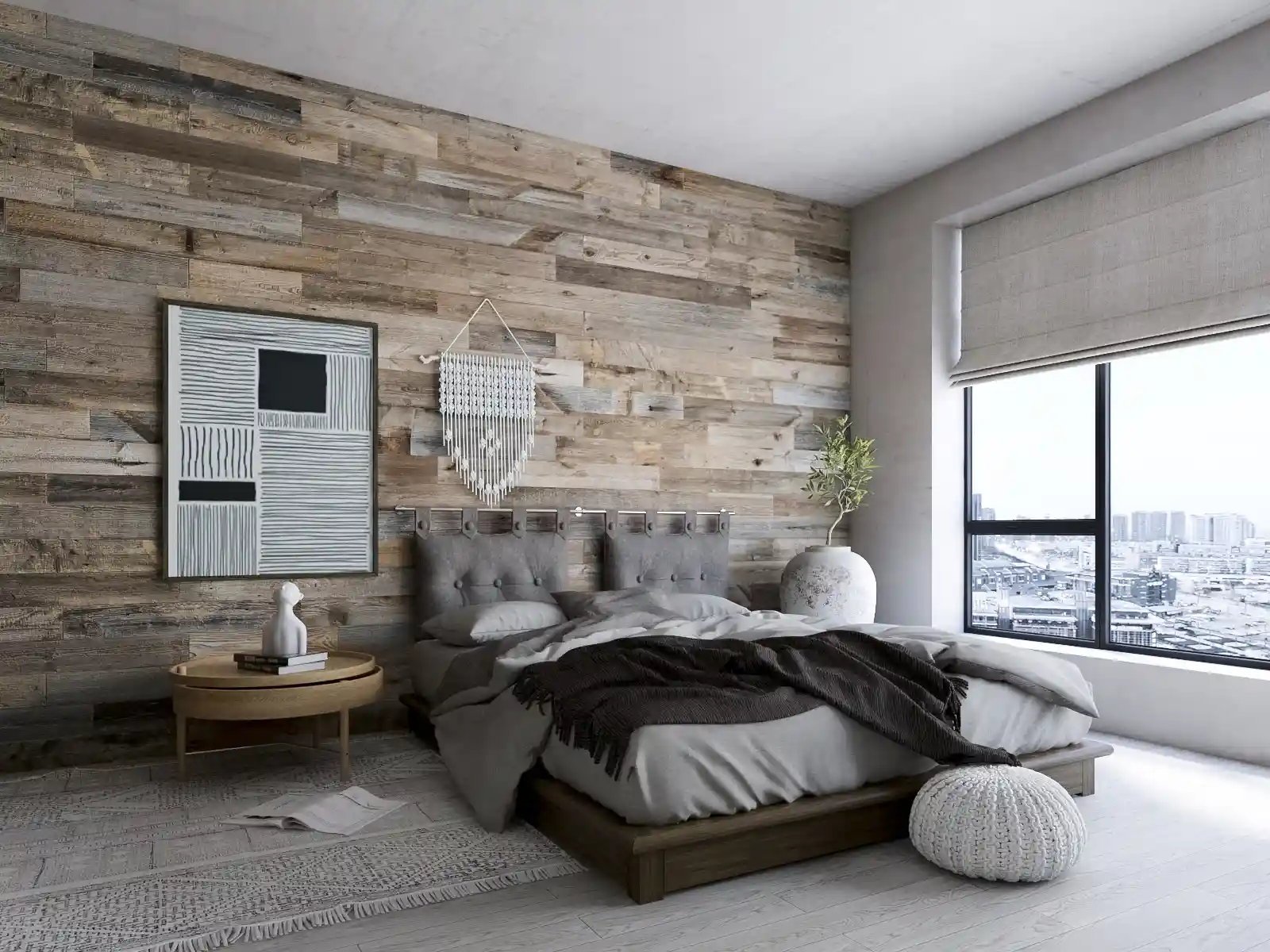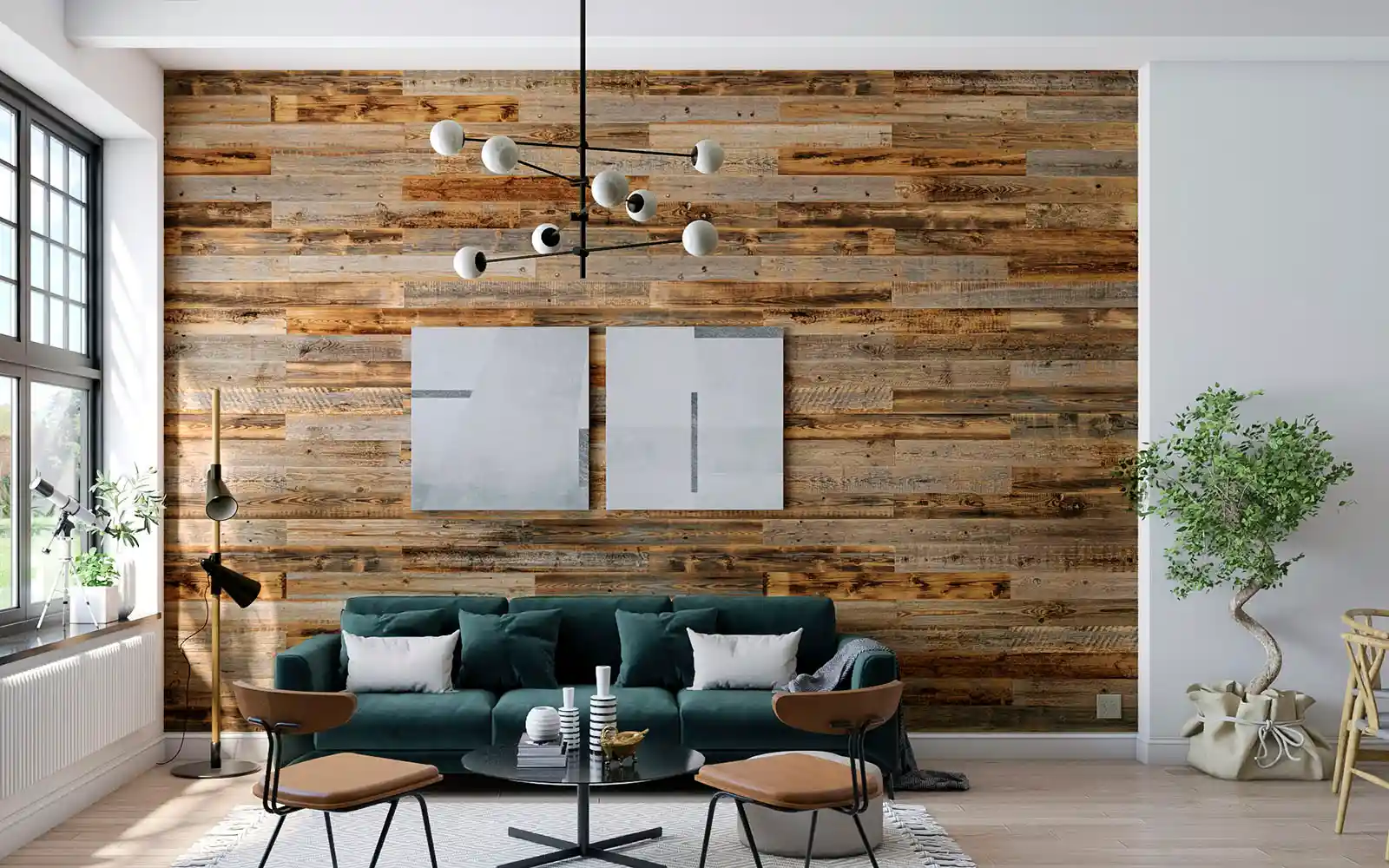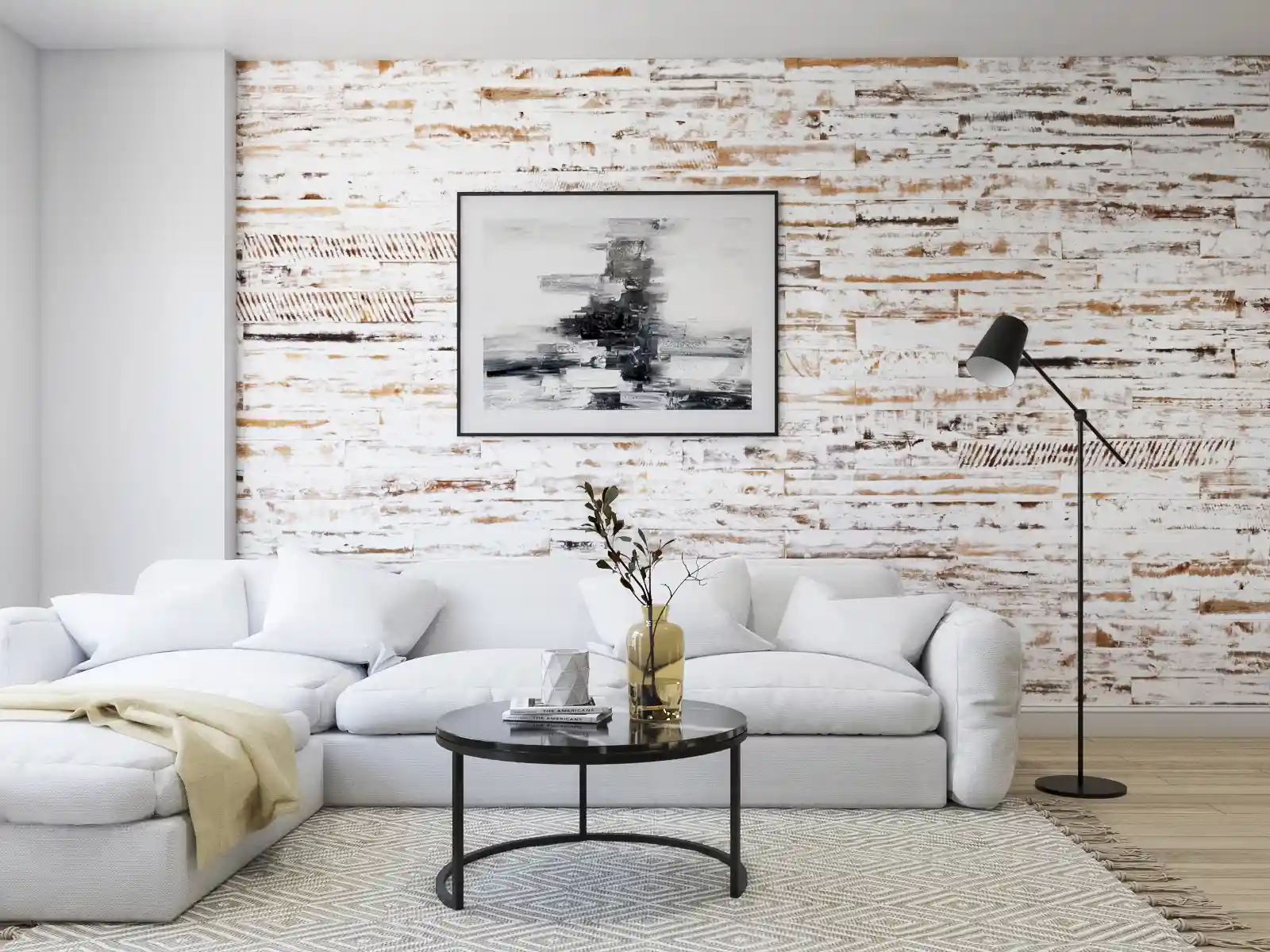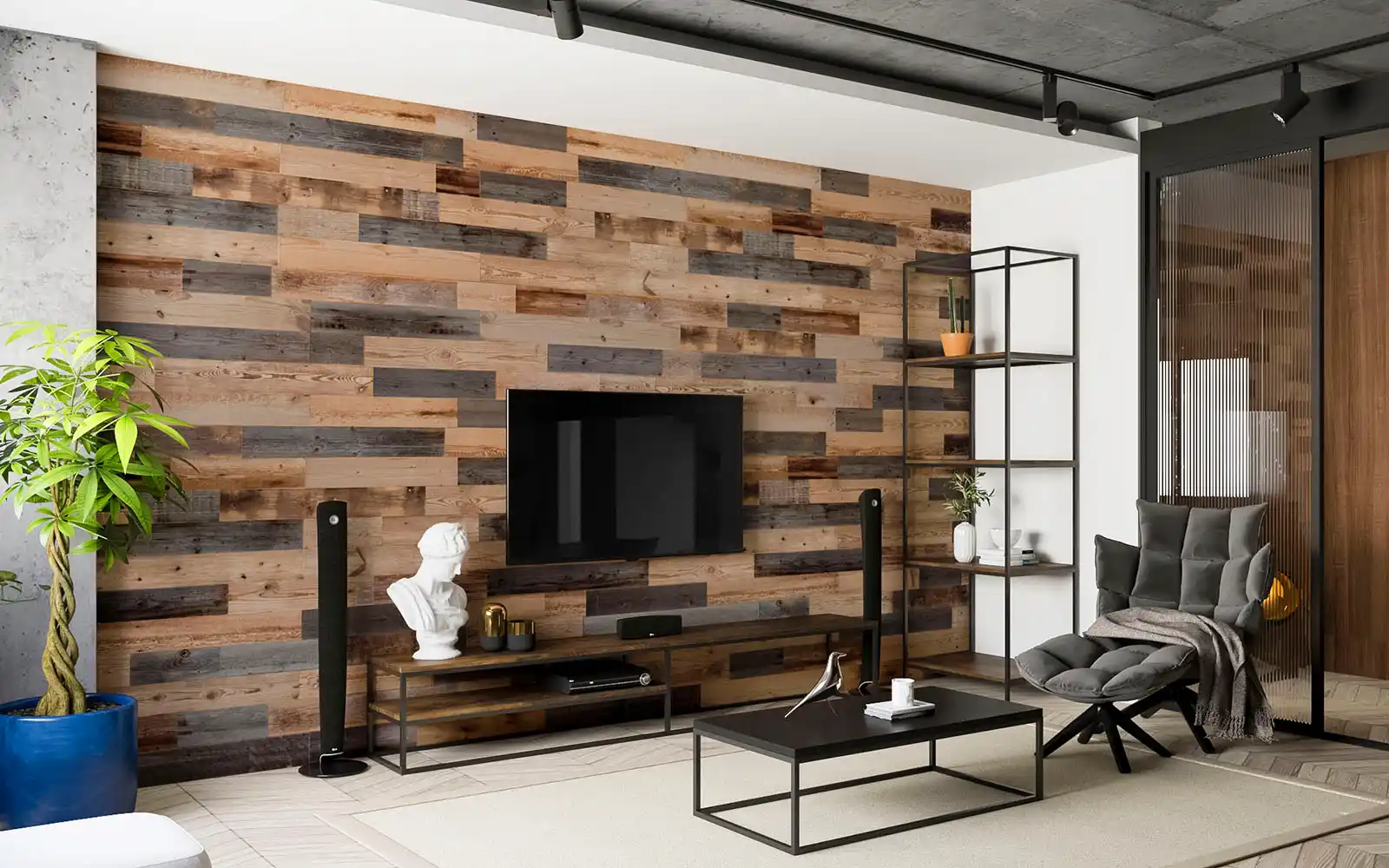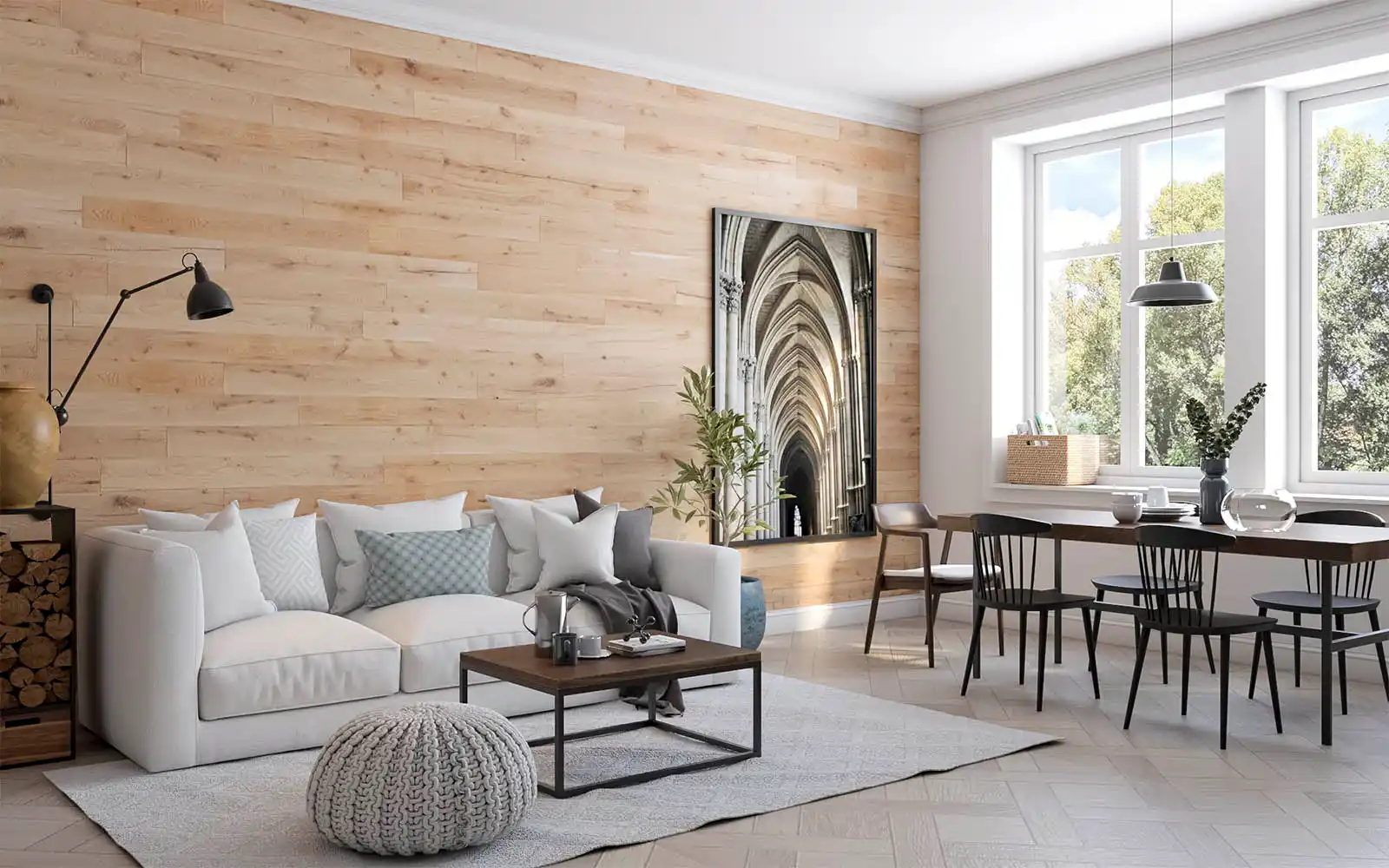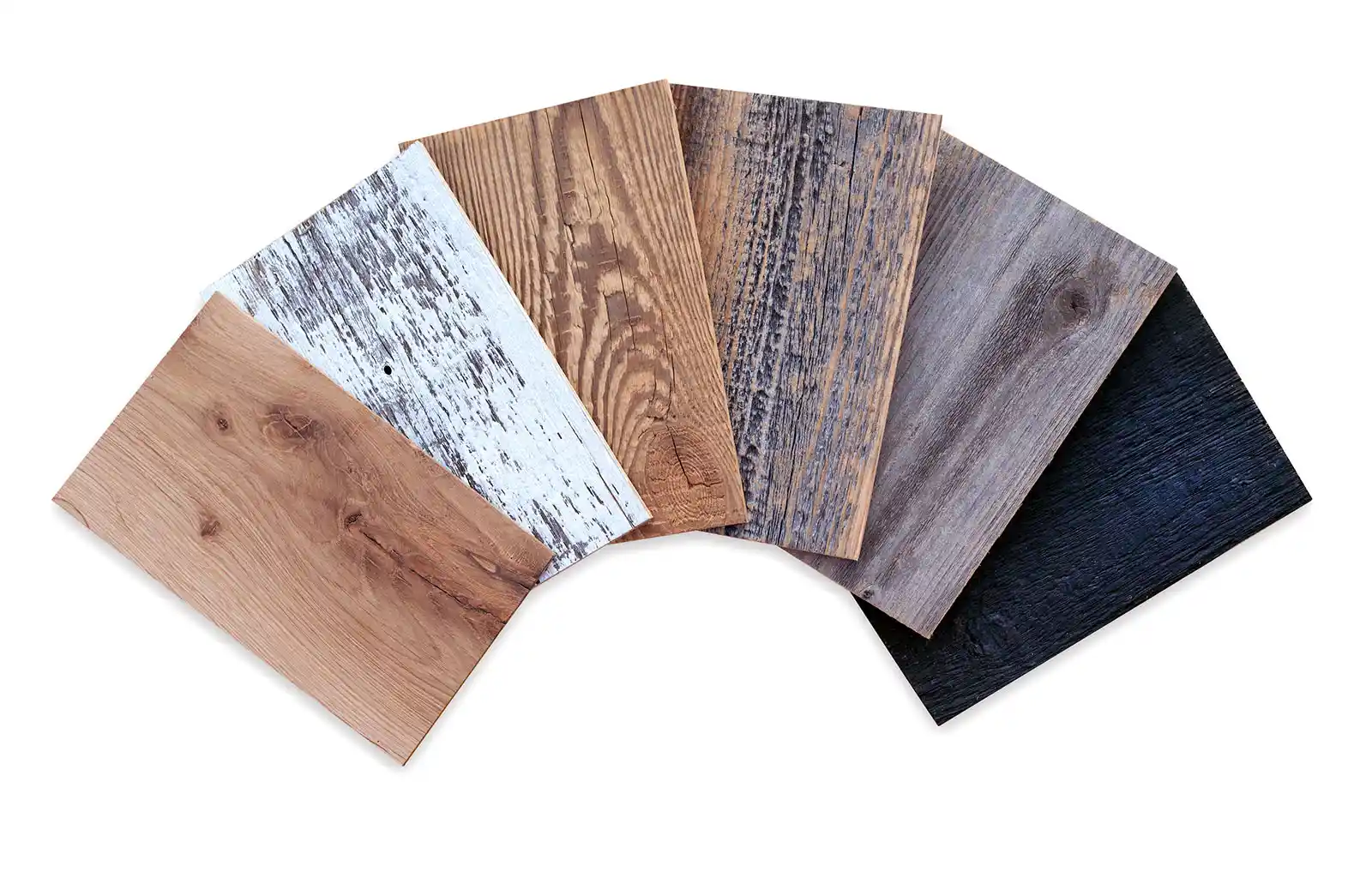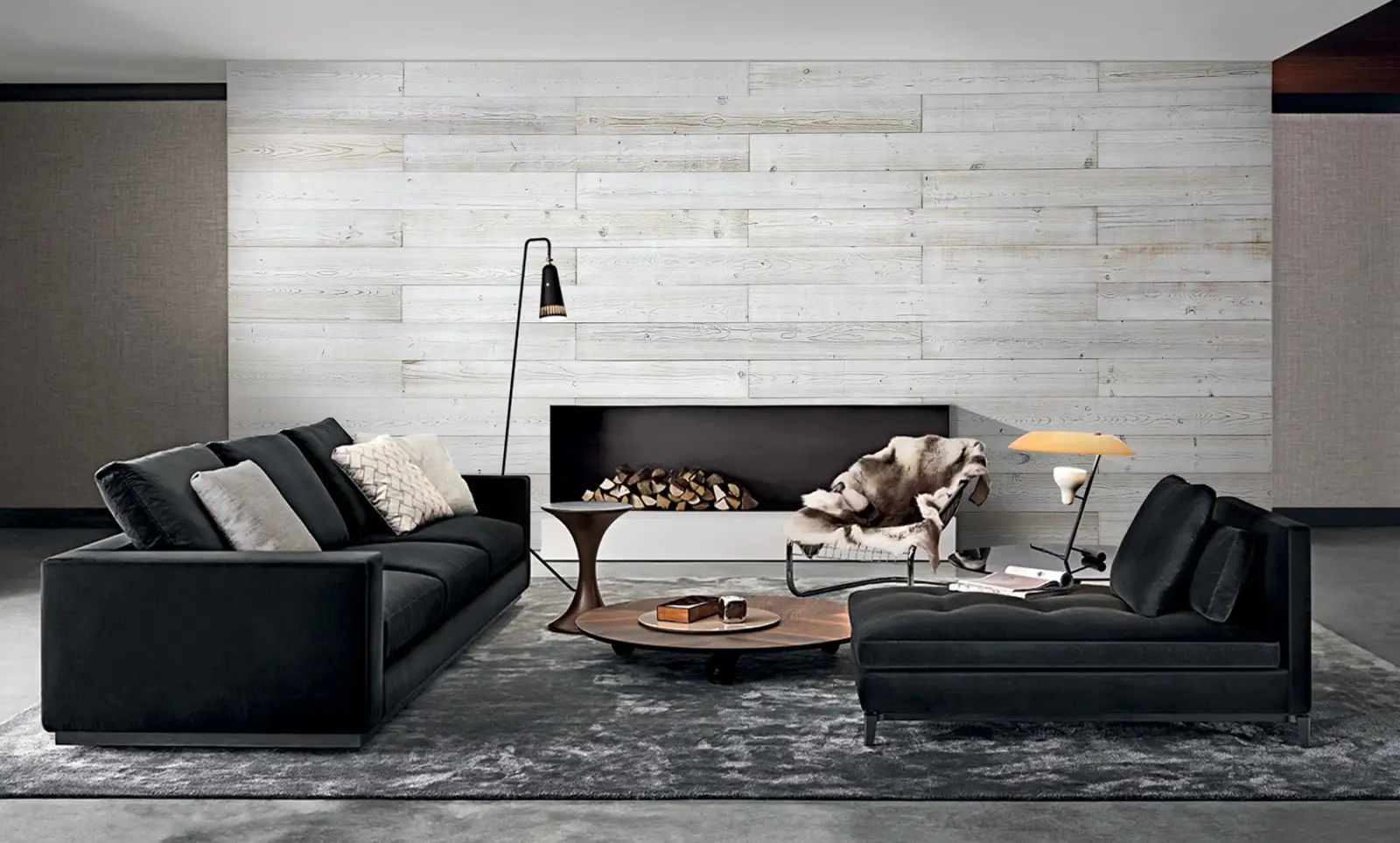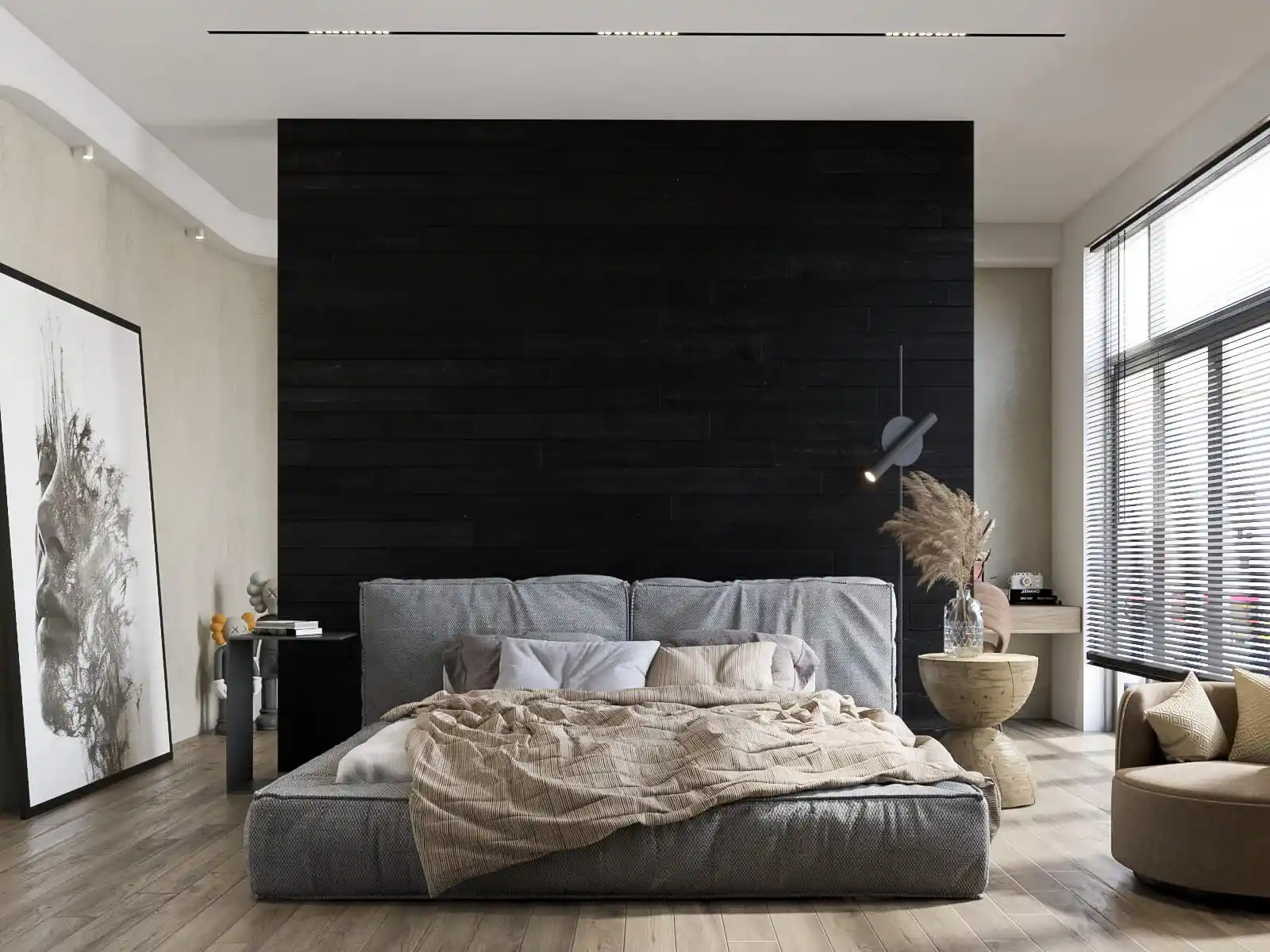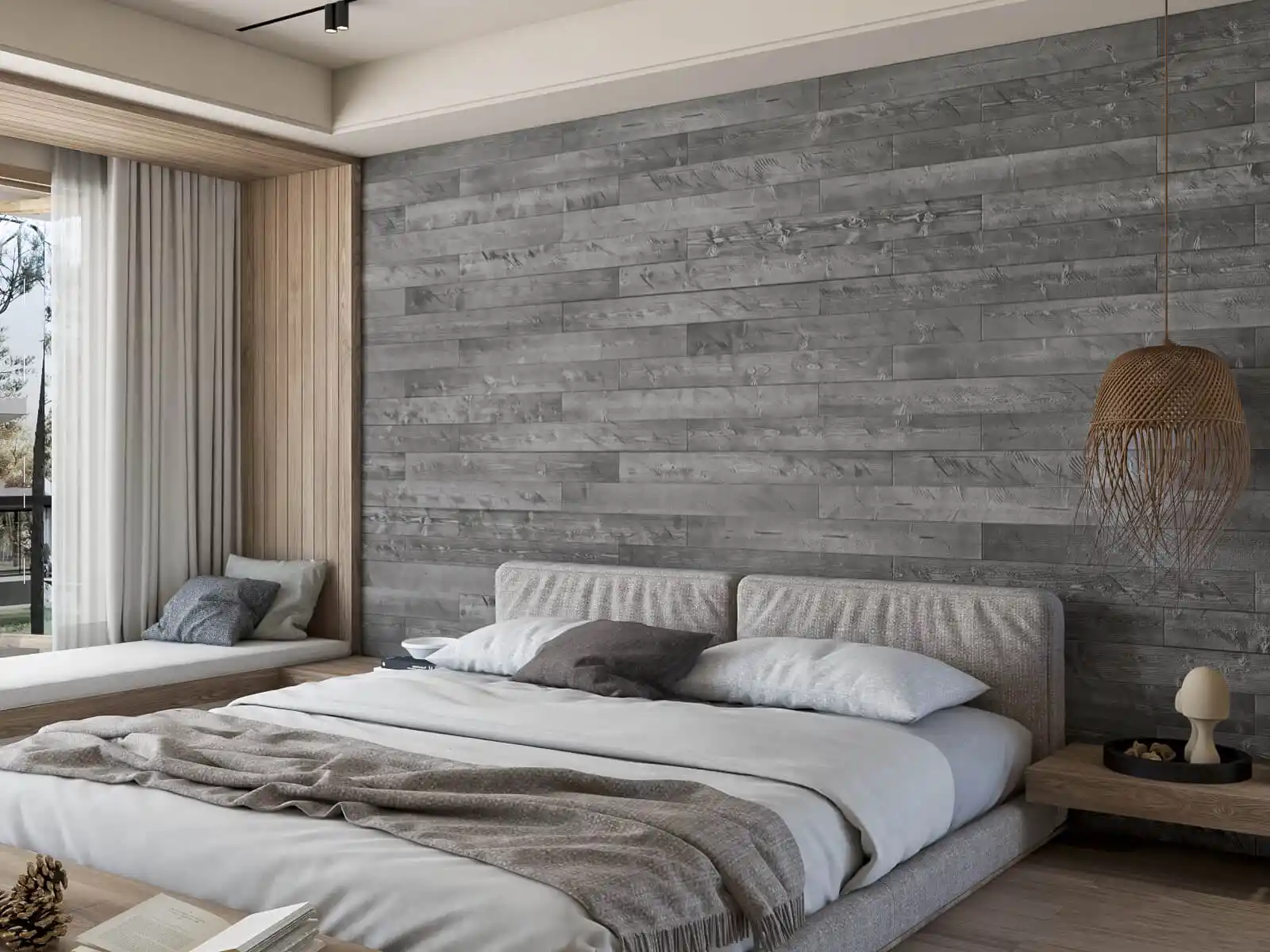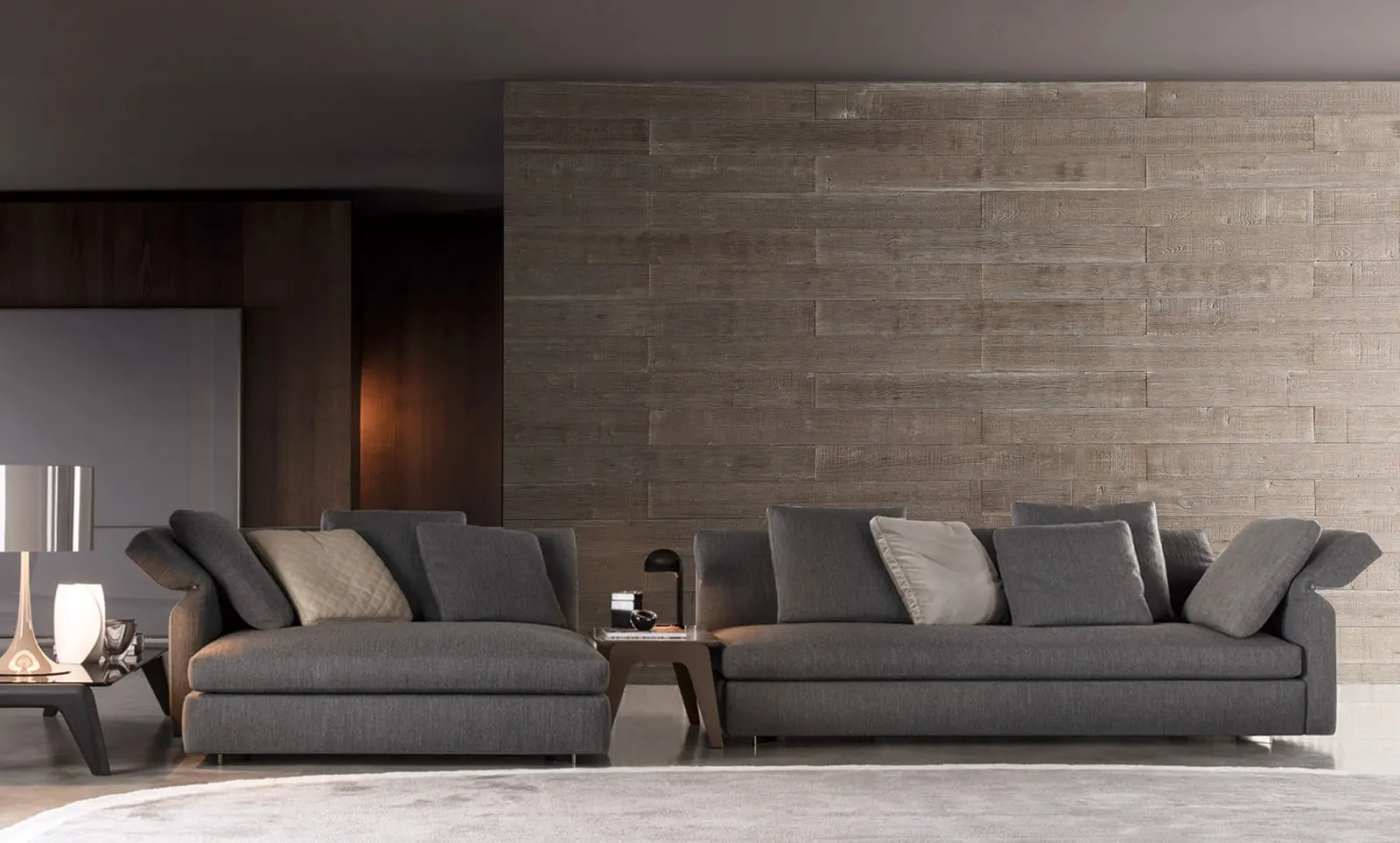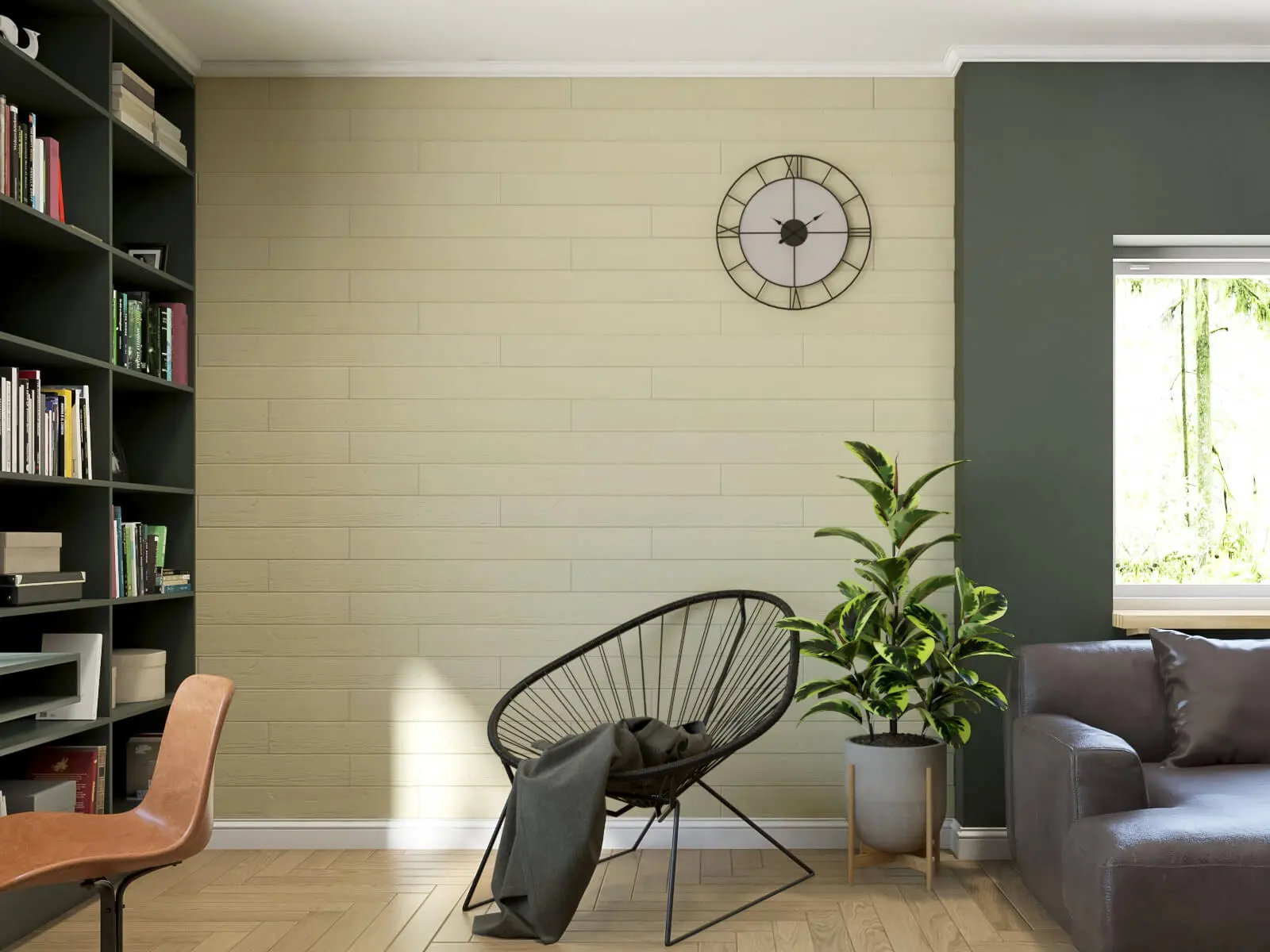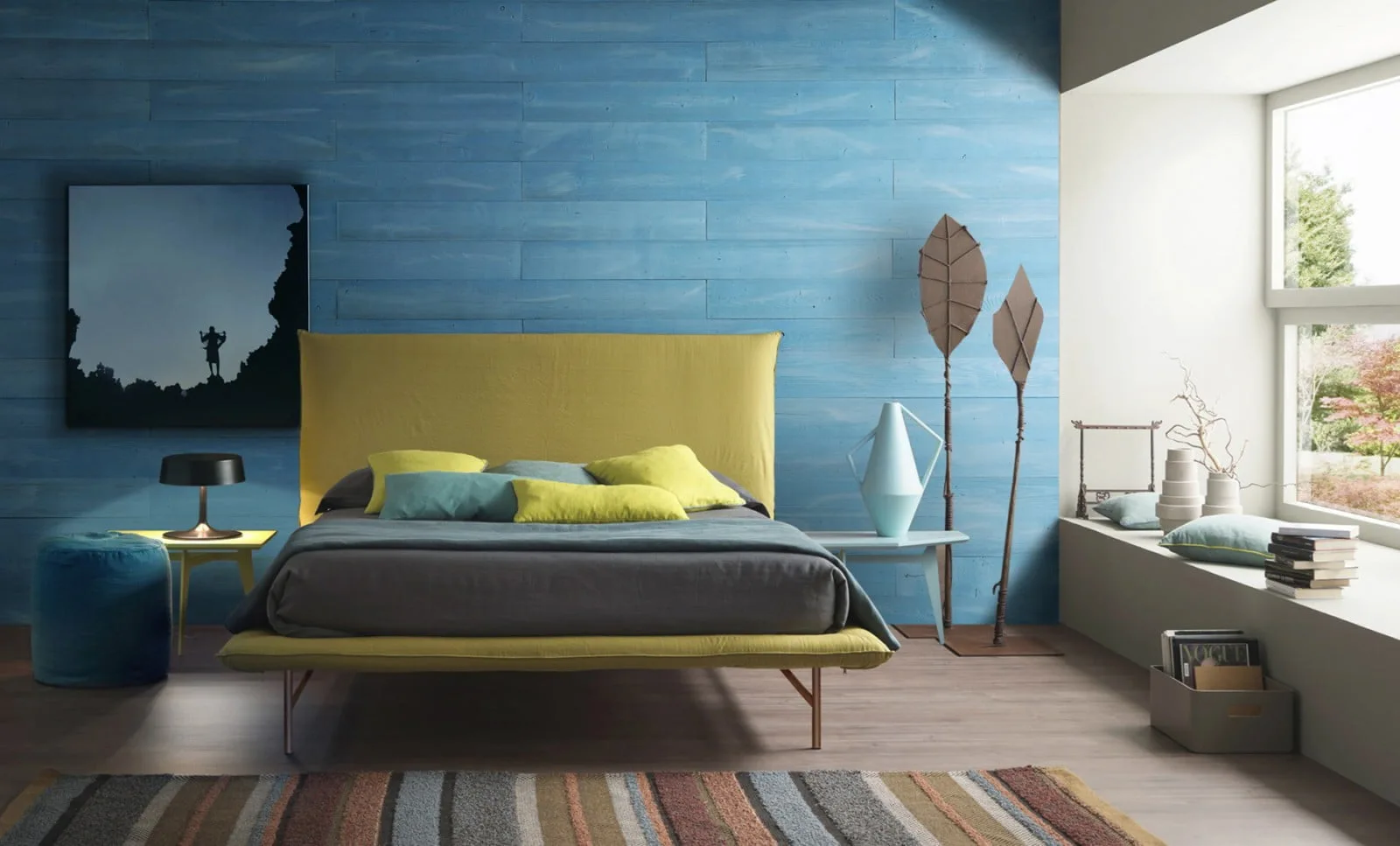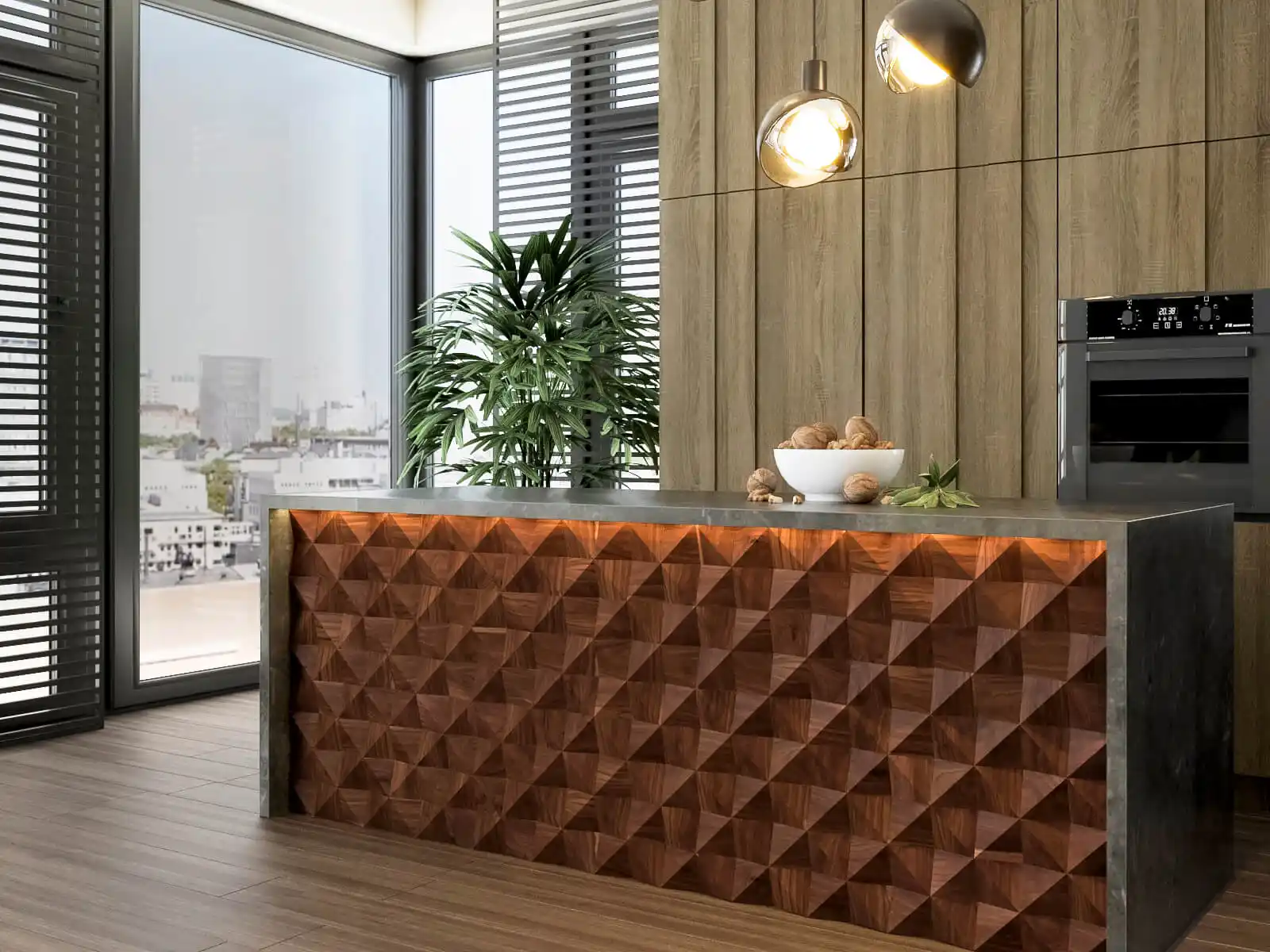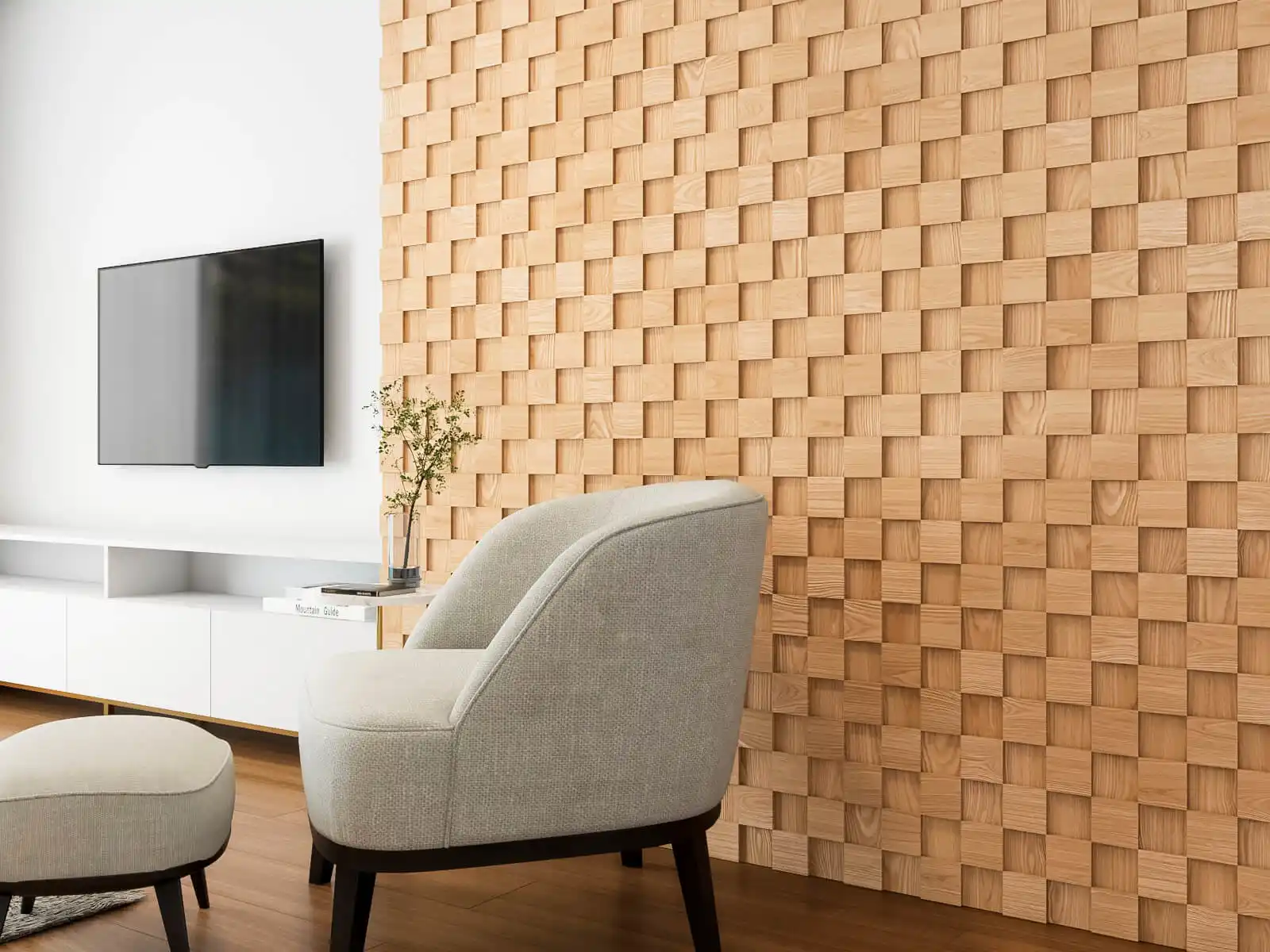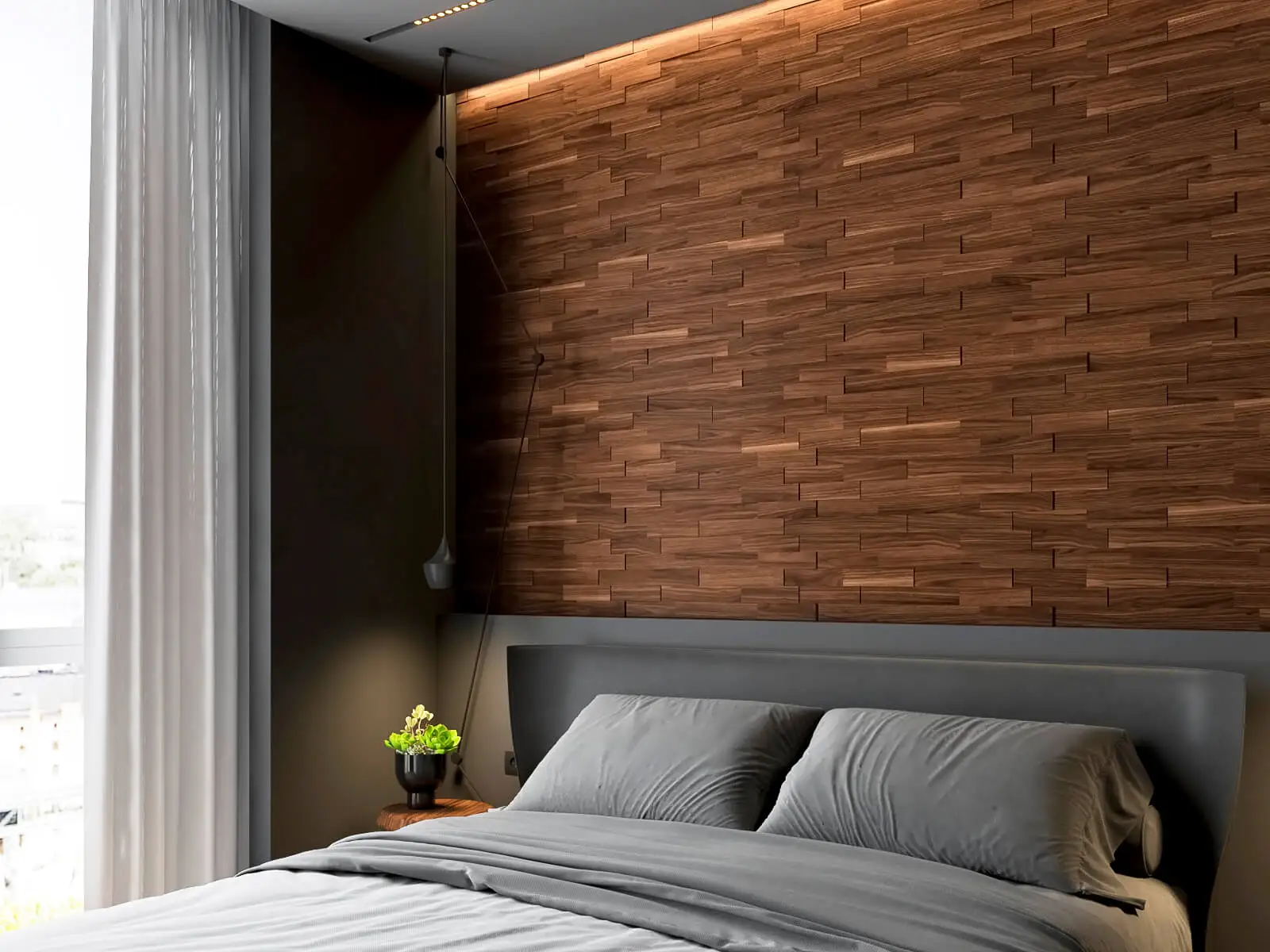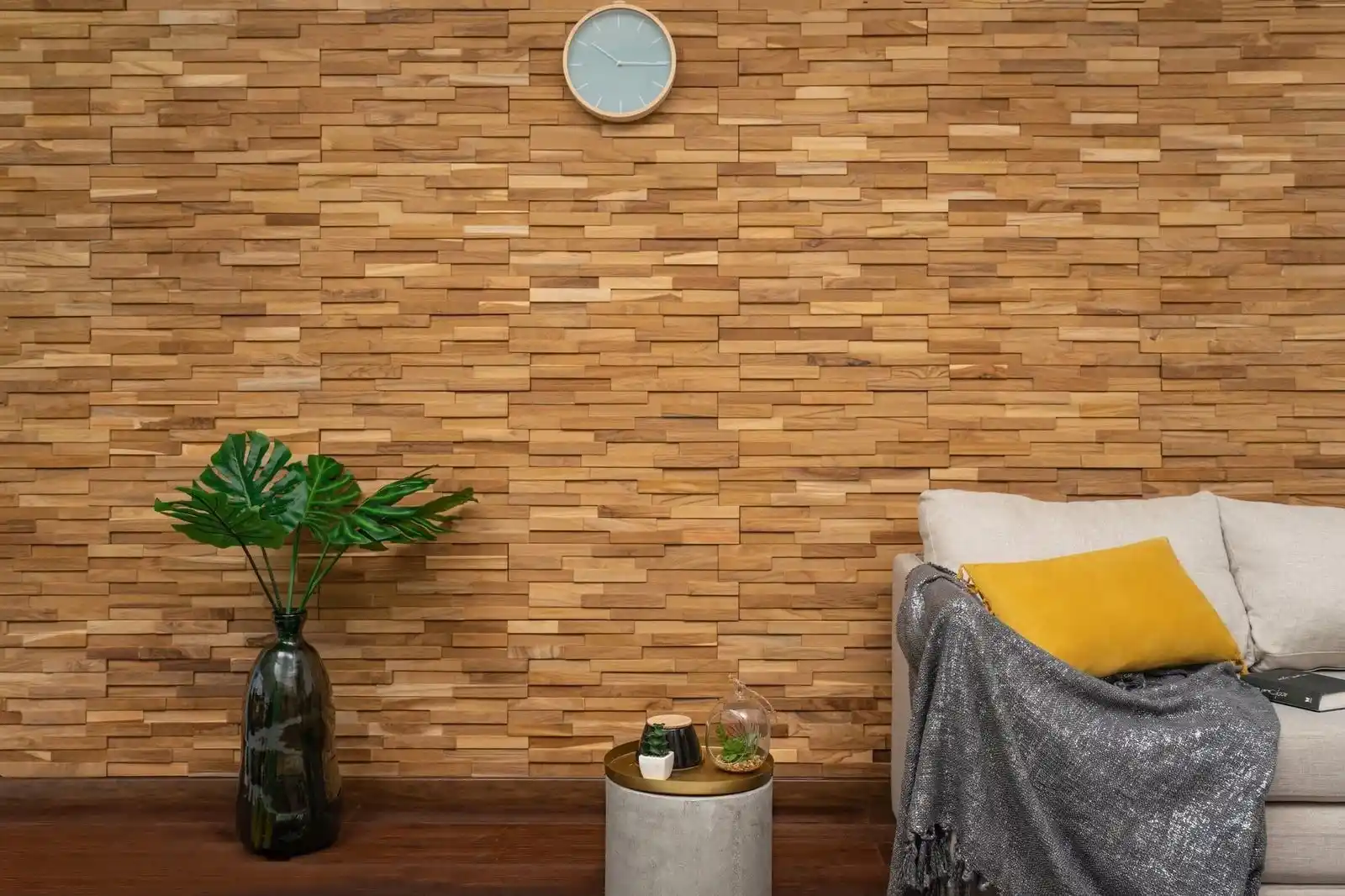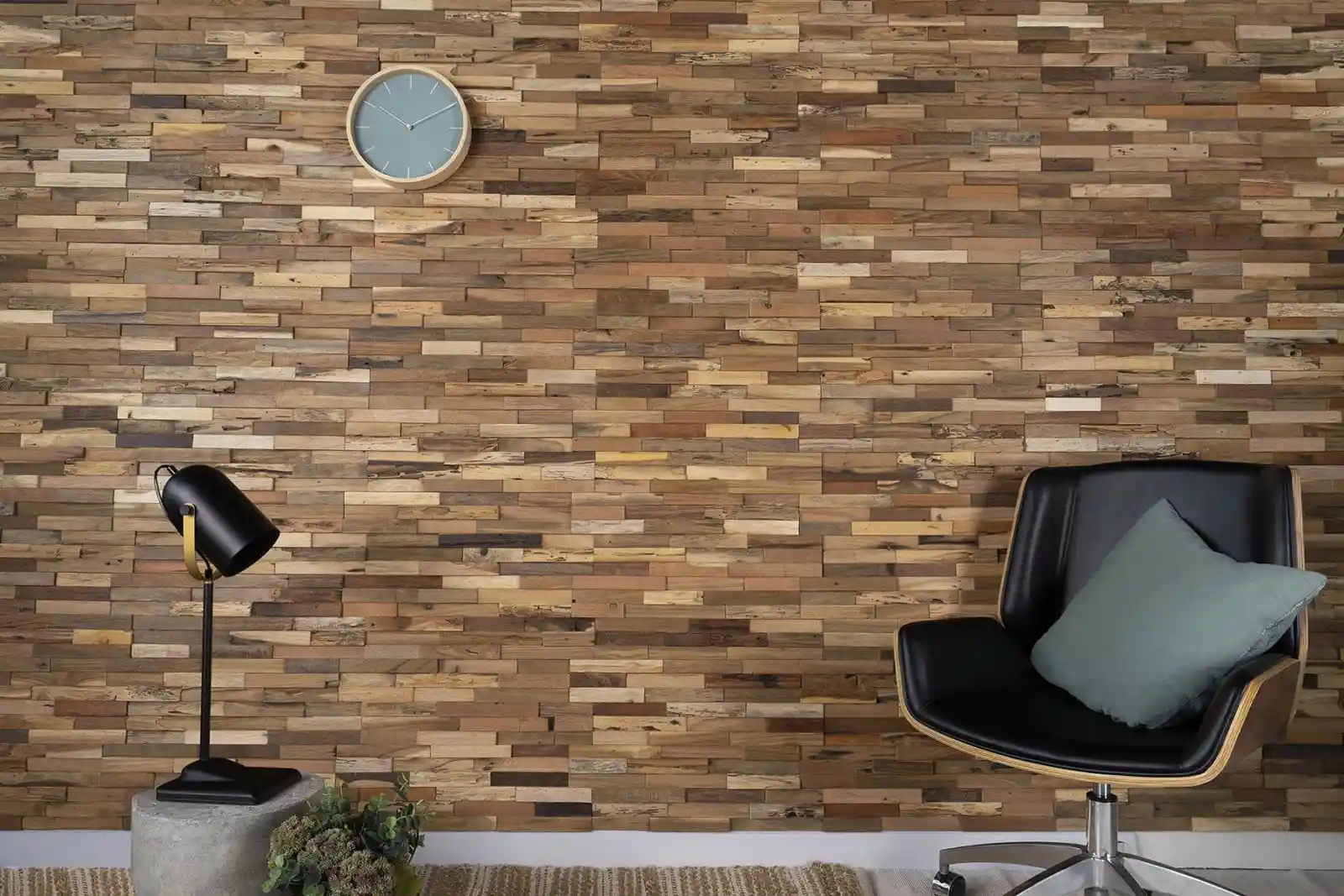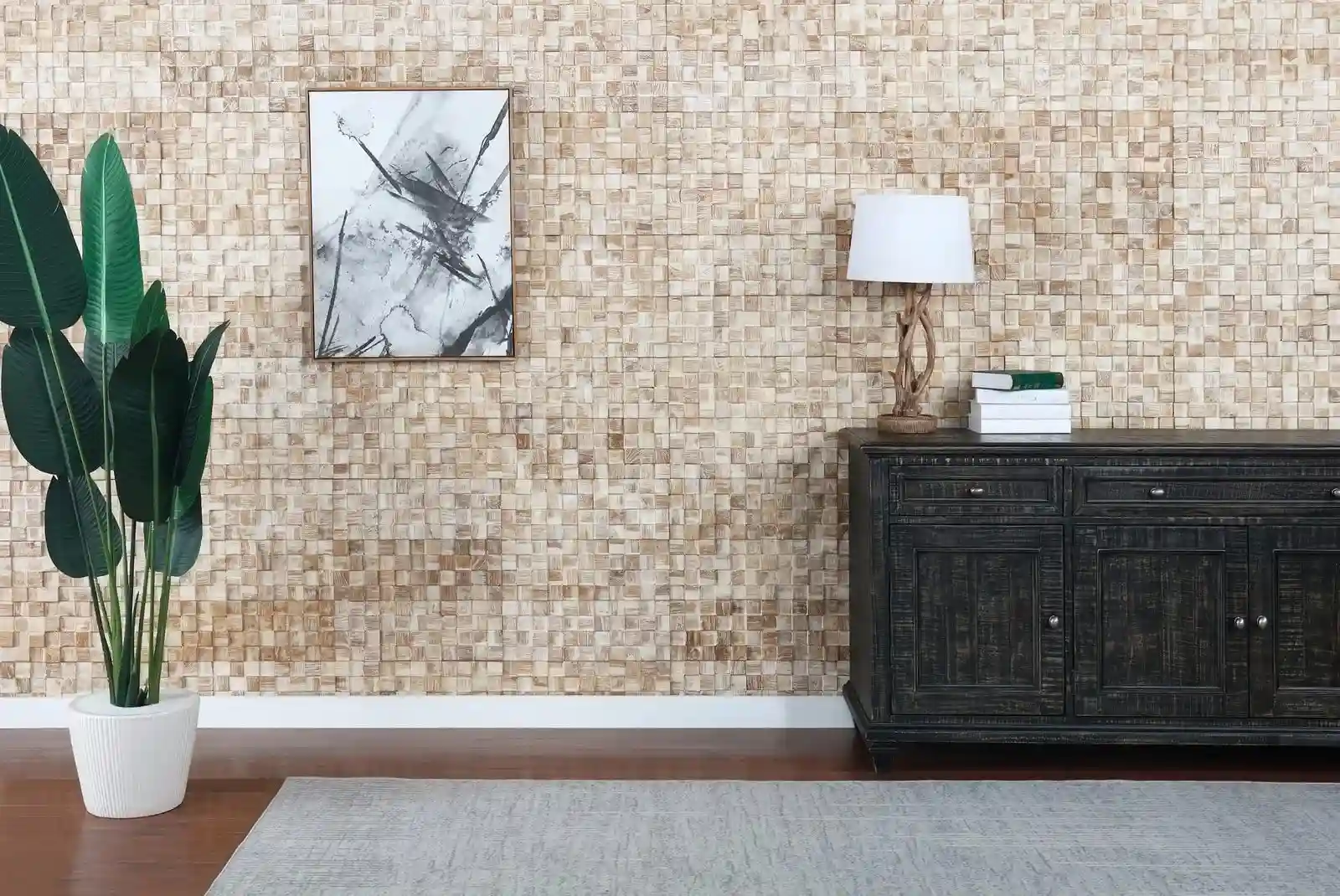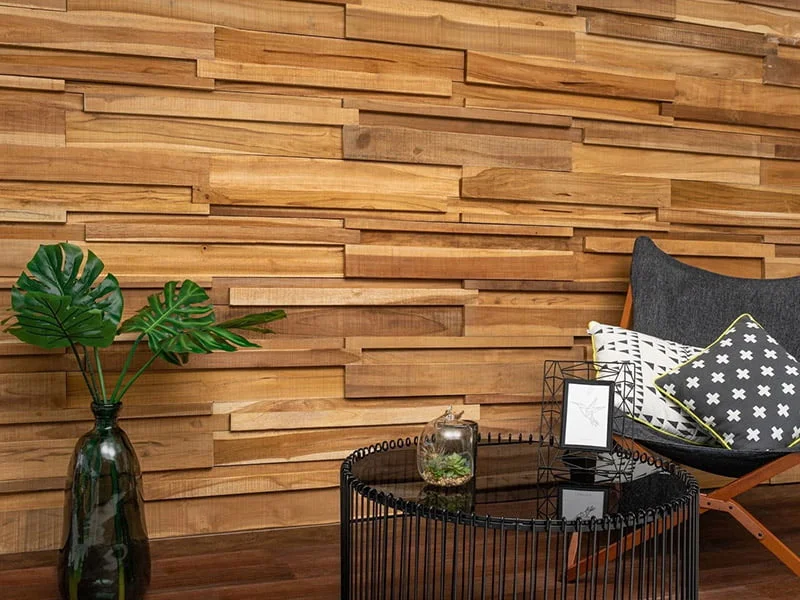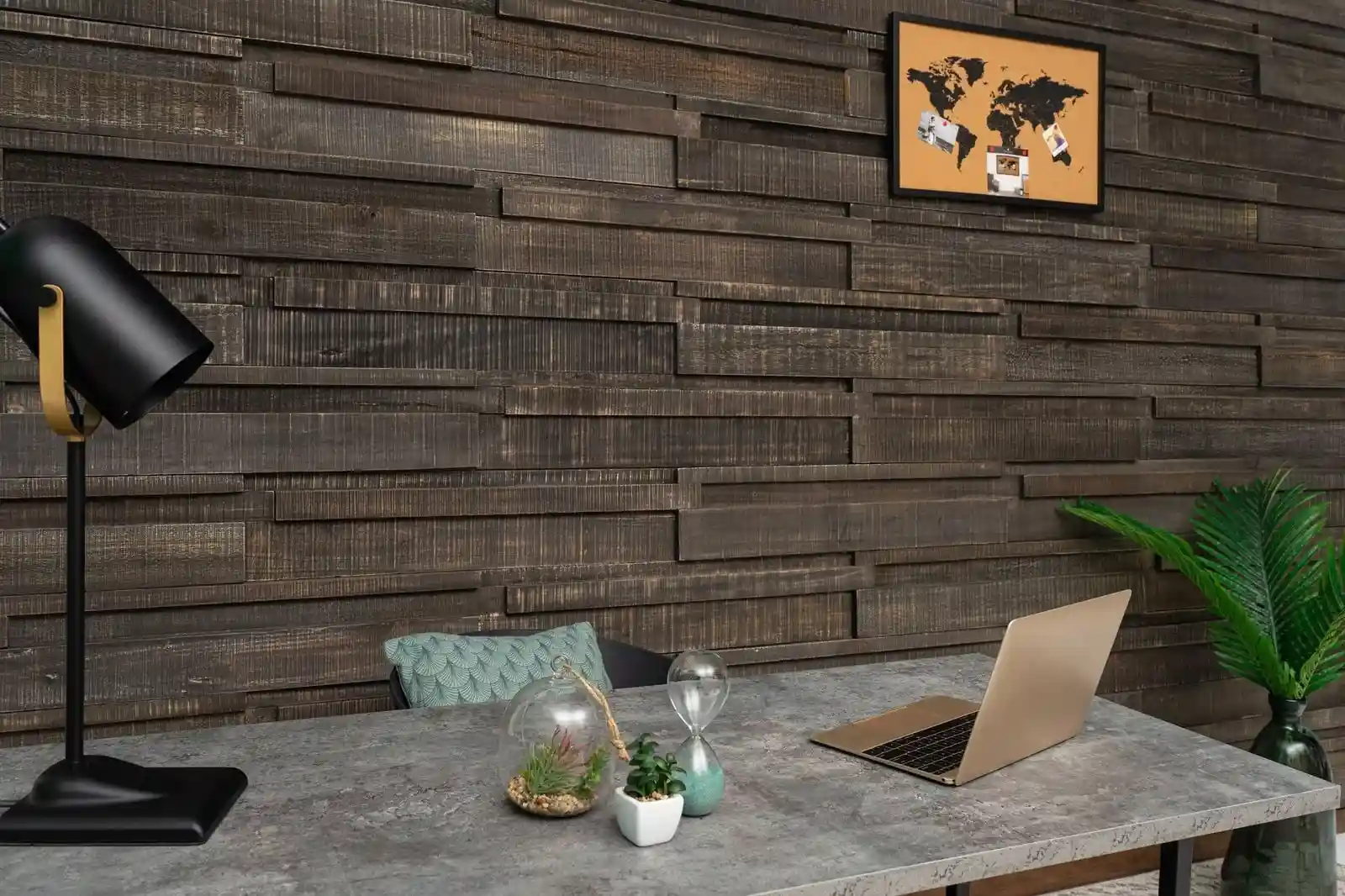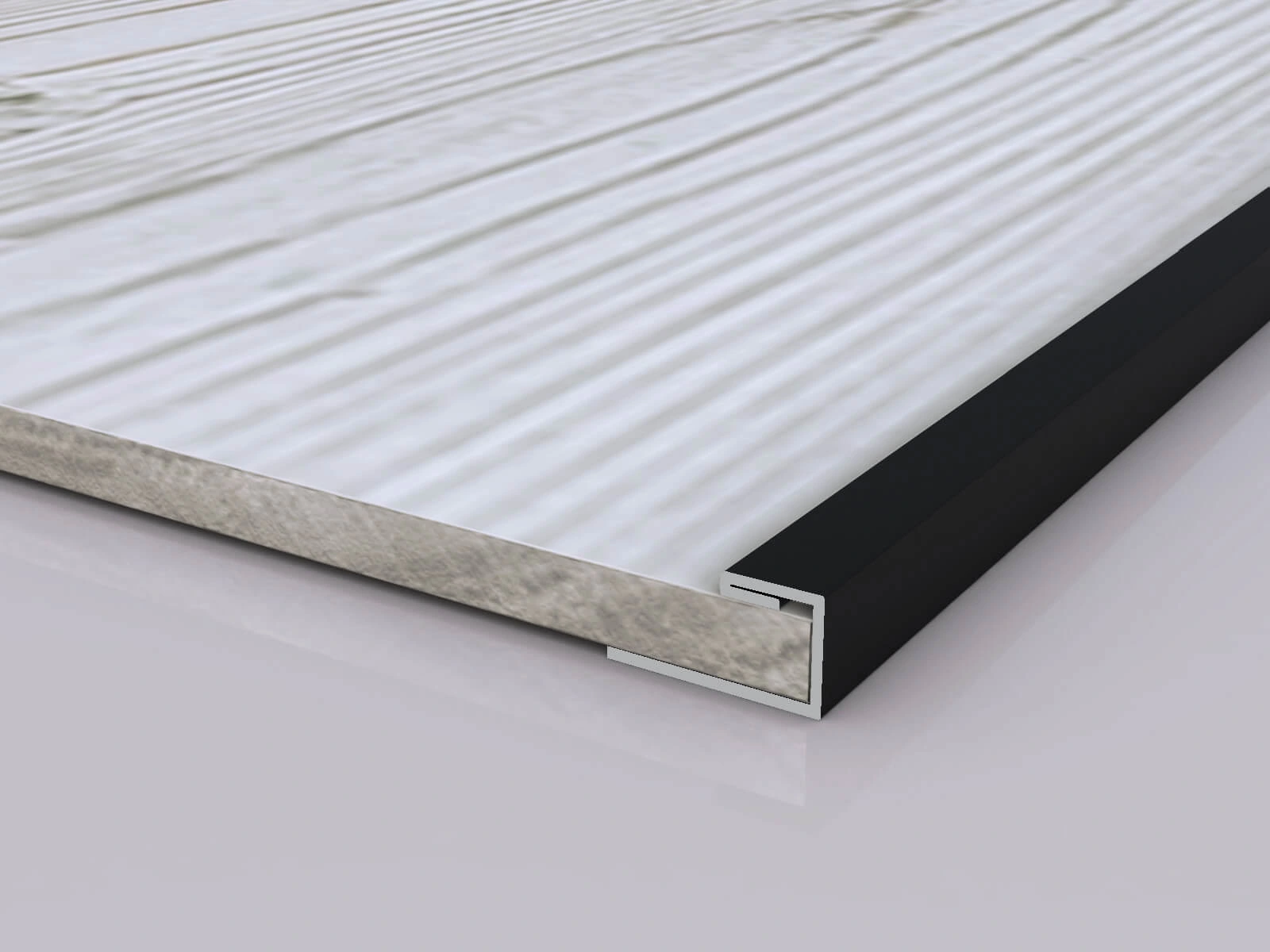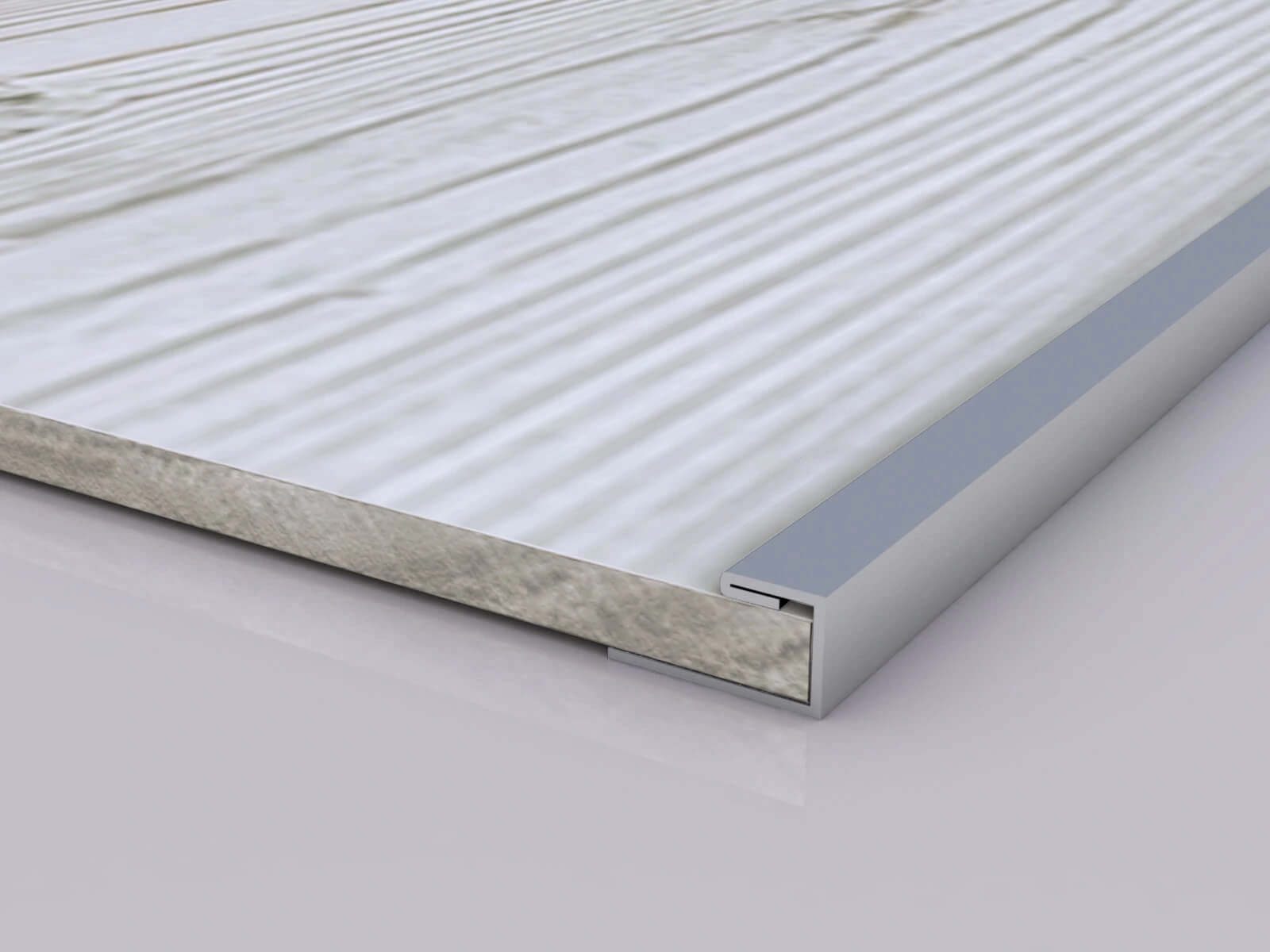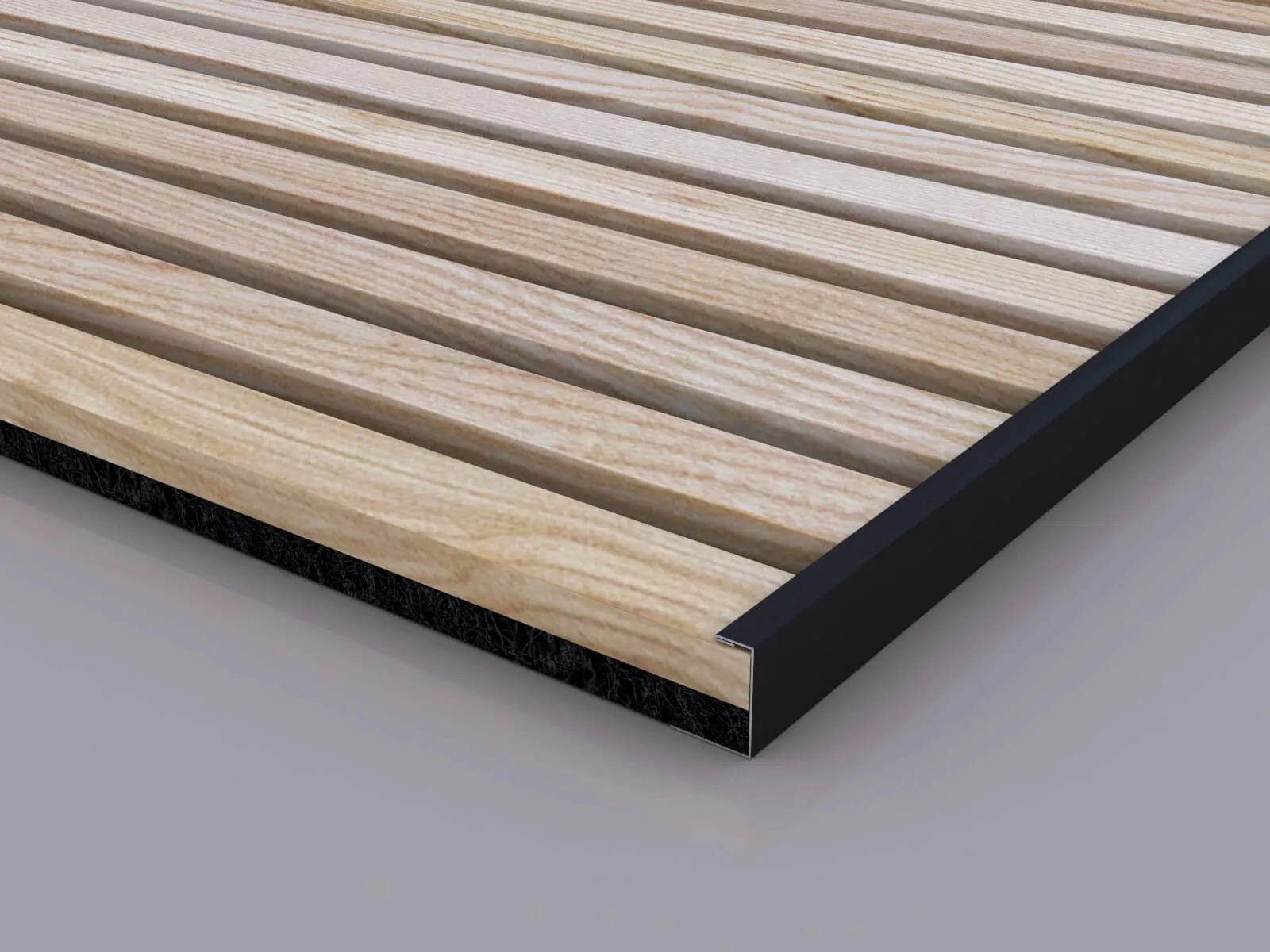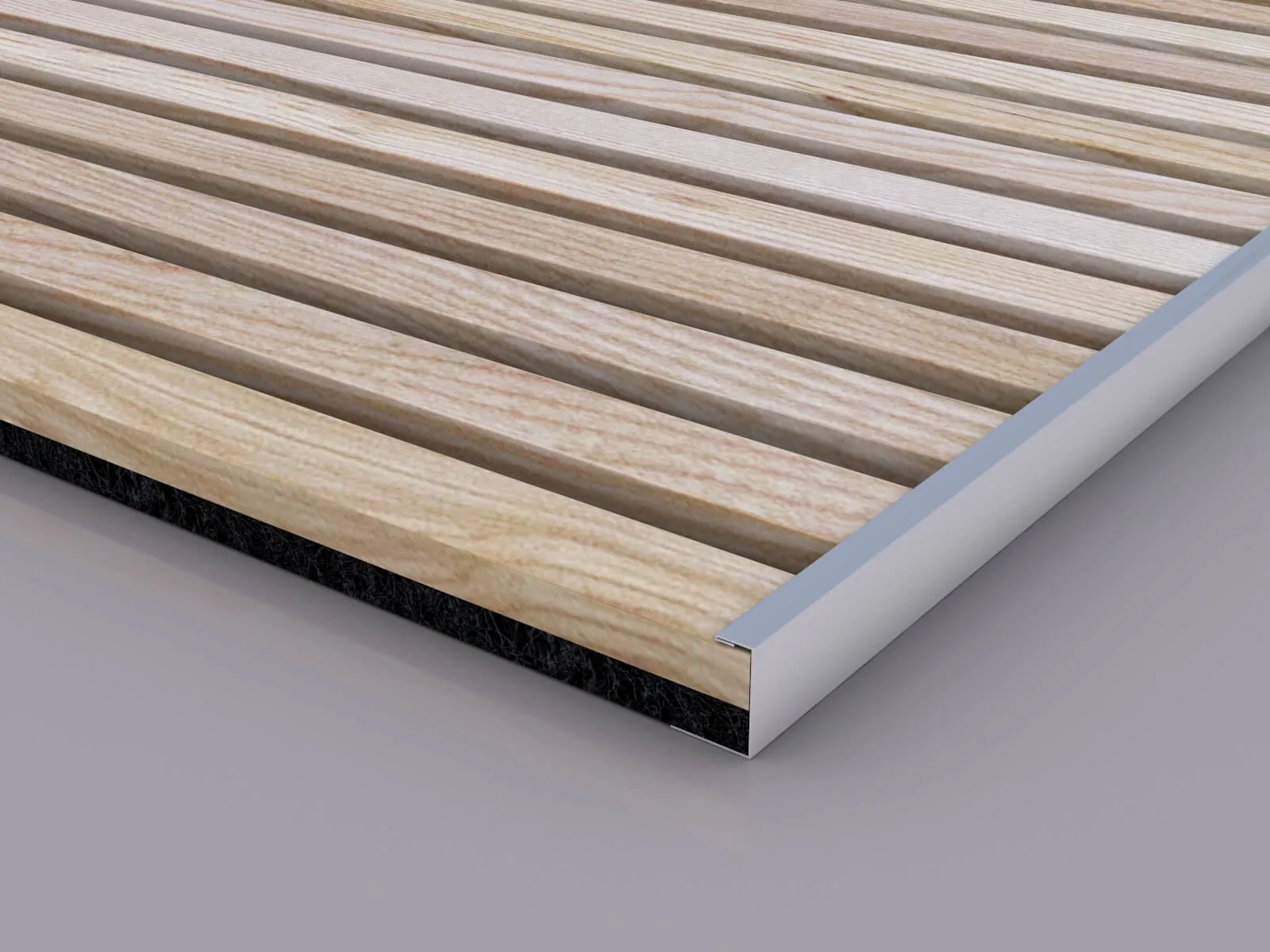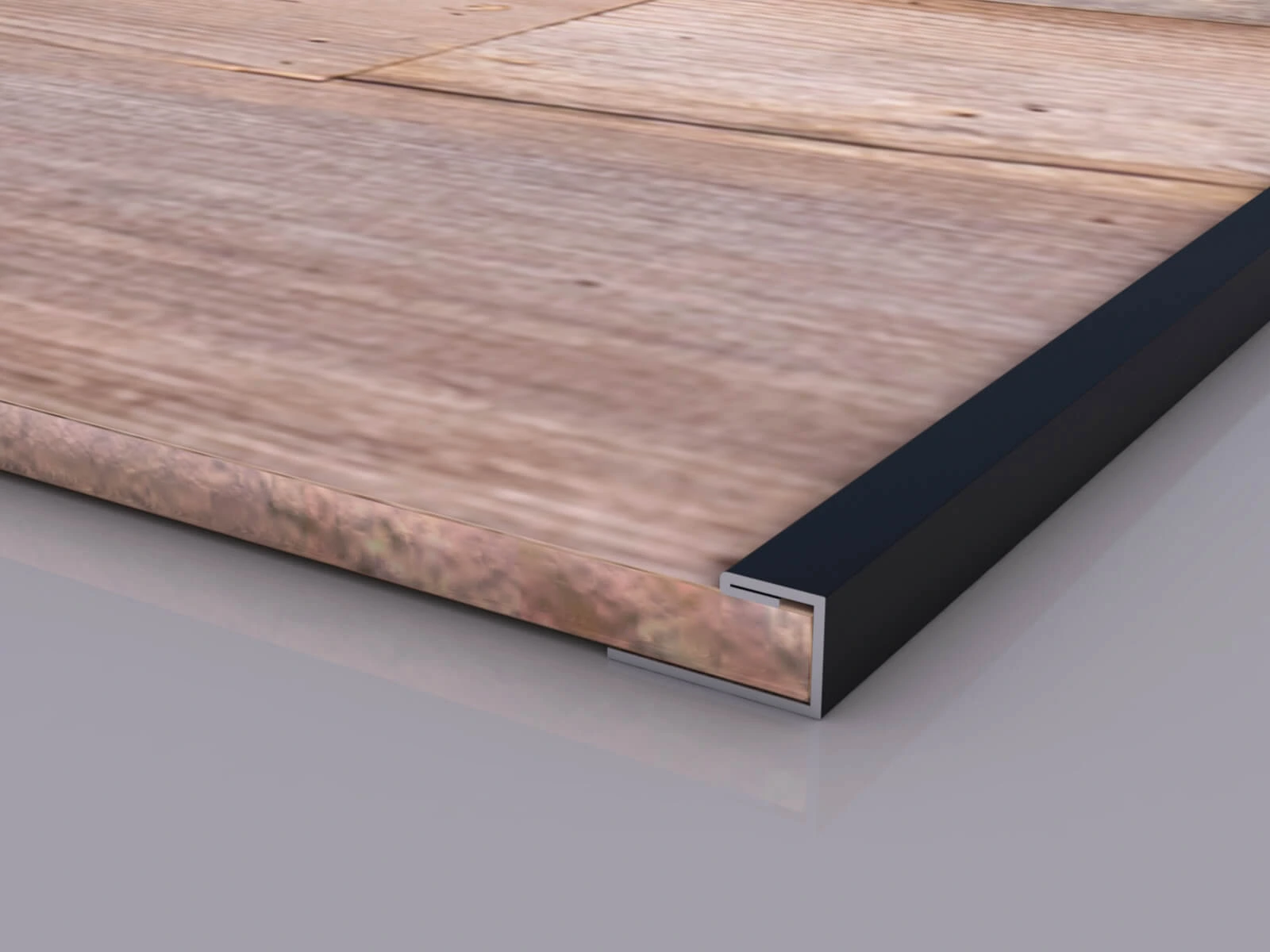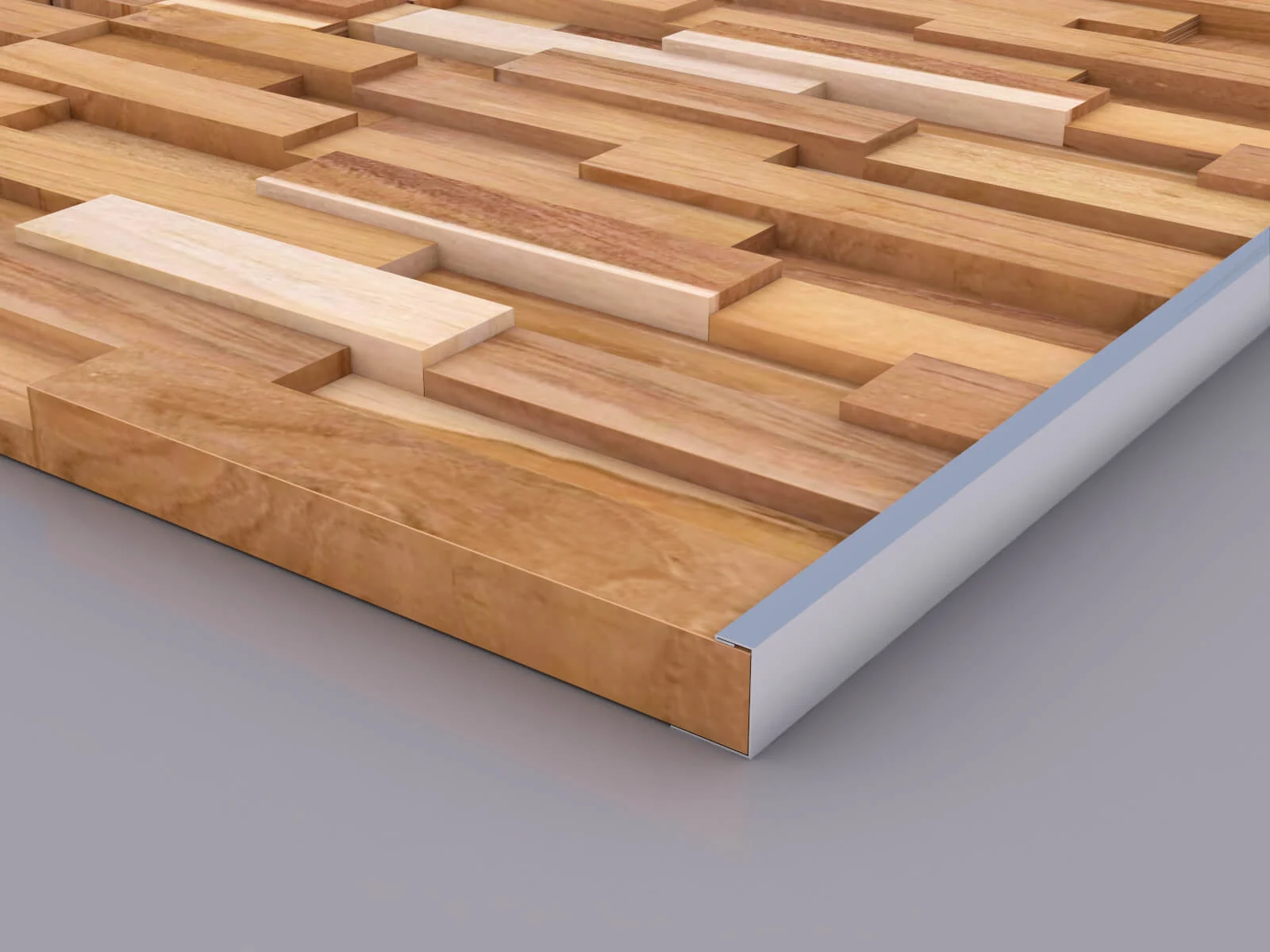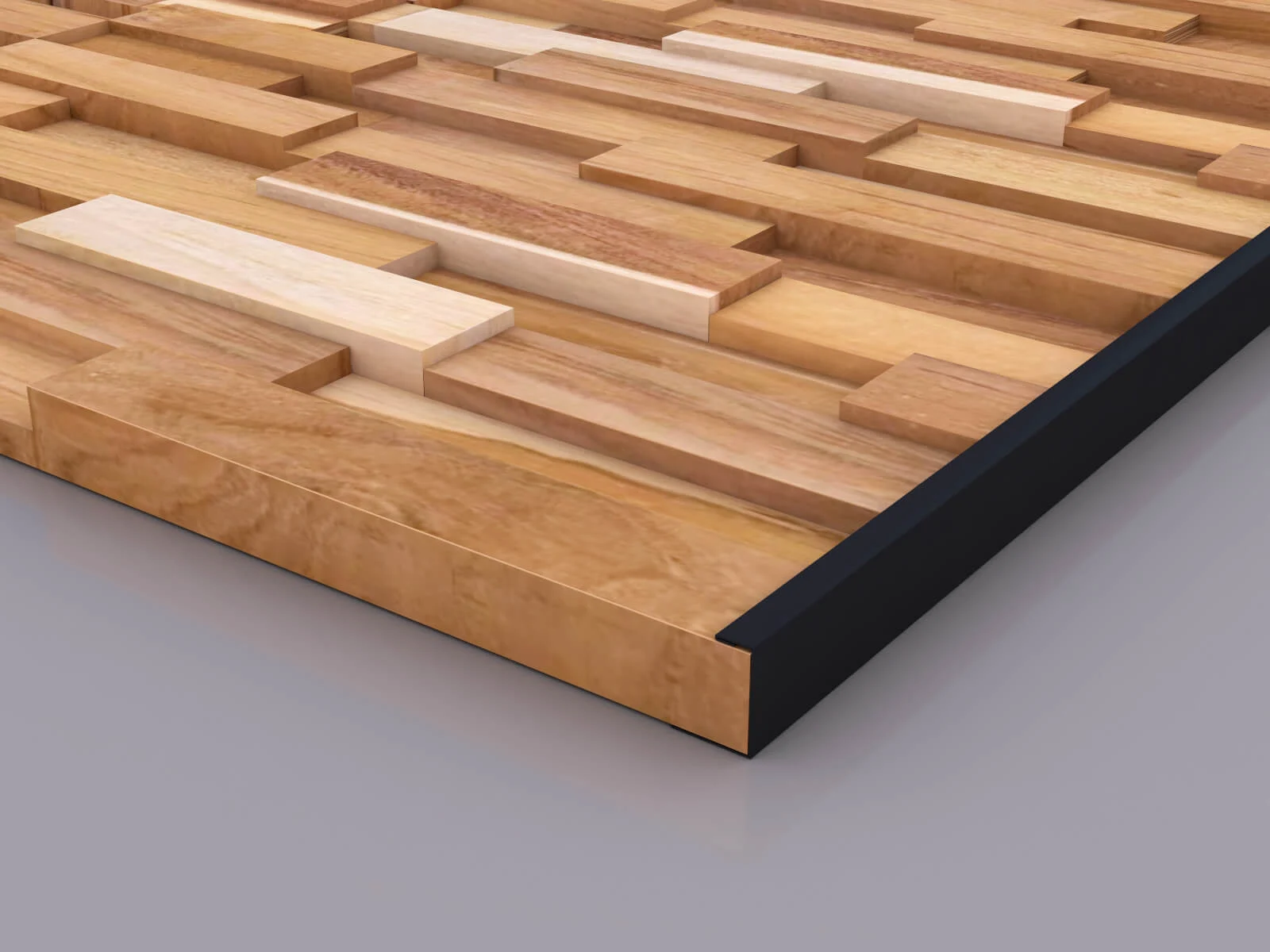Features & Application For 6 Types Of Wainscoting Panels
Wainscoting is a decorative feature of any living space. This 18th-century interior design technique’s main purpose was to insulate and enhance the beauty of old, vintage homes. Nowadays, wainscoting is still in use to provide aesthetic appeal and necessary protection from wear and tear.
6 main types of wainscoting are:
- Raised Panel
- Flat Panel
- Beadboard
- Overlay
- Board and Batten
- Vinyl Panel
1. Raised Panel
Raised Panel is one of the traditional types of wainscoting that reminds users of colonial times. It features beautiful beveled edges and can be 30-40 inches high. You can use raised panels for places with high ceilings by arranging the panels in two rows, which requires the addition of a center rail.
The Raised Panel design usually includes stiles, rails, cap molding, cove molding, and wood panels. The bottom rail can be constructed from several molding pieces or serve as the baseboard.
2. Flat Panel
A flat panel is the opposite of a raised panel but without beveled edges. Compared to the stiles and rails, these smooth, flat boards give users the impression of depth. Installing flat panels requires less labor than using sheet material to panel the wall and add moldings on top.
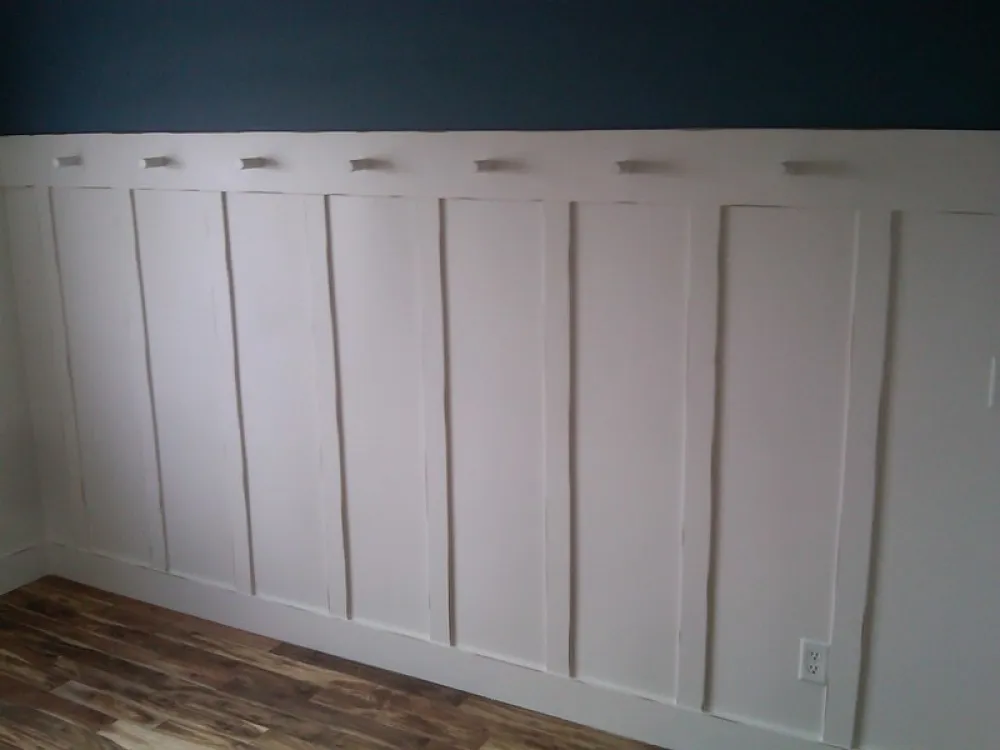
Image source: Flickr
Flat Panel wainscoting is one of the popular types of wainscoting. It adds a unique style to dark, smaller rooms, such as foyers, dining rooms, living rooms, powder rooms, bathrooms, study rooms, home offices, and libraries. Painting or wallpapering the upper portion of the wall can create a great combination with the panels.
3. Beadboard
Beadboard wainscoting is a method in which plywood sheets or individual narrow vertical panels are spaced equally apart by the grooves. Combining it with the raised or flat panels can streamline the overall appearance and enhance the look of your room.
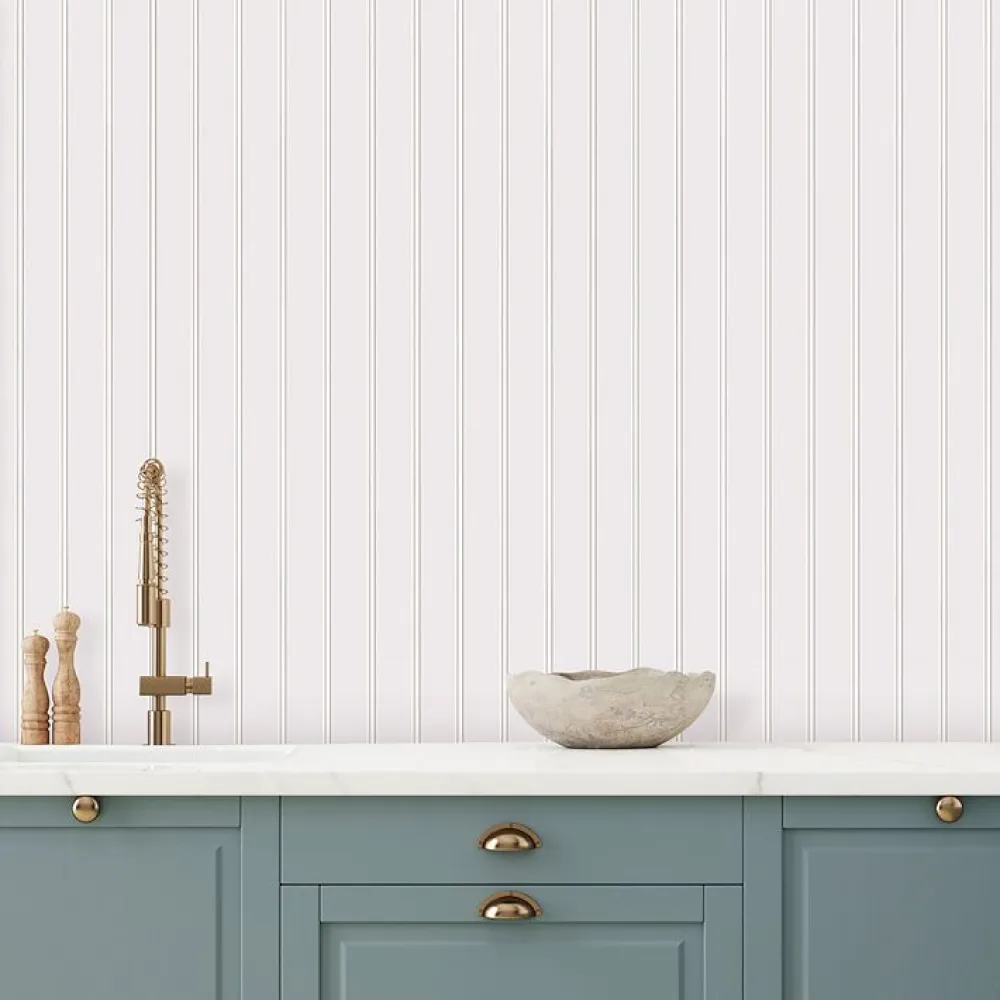
Image source: Flickr
Among different styles of wainscoting, beadboard is typically suitable for informal spaces, such as bathrooms, kitchens, and back hallways. It originated in the 19th-century Victorian and was usually used to achieve cottage style.
4. Overlay
Overlay Panel wainscoting is a blend of raised and flat panel wainscoting styles. It comprises an exterior panel glued to a solid flat panel, leaving the back panel visible on its edges.
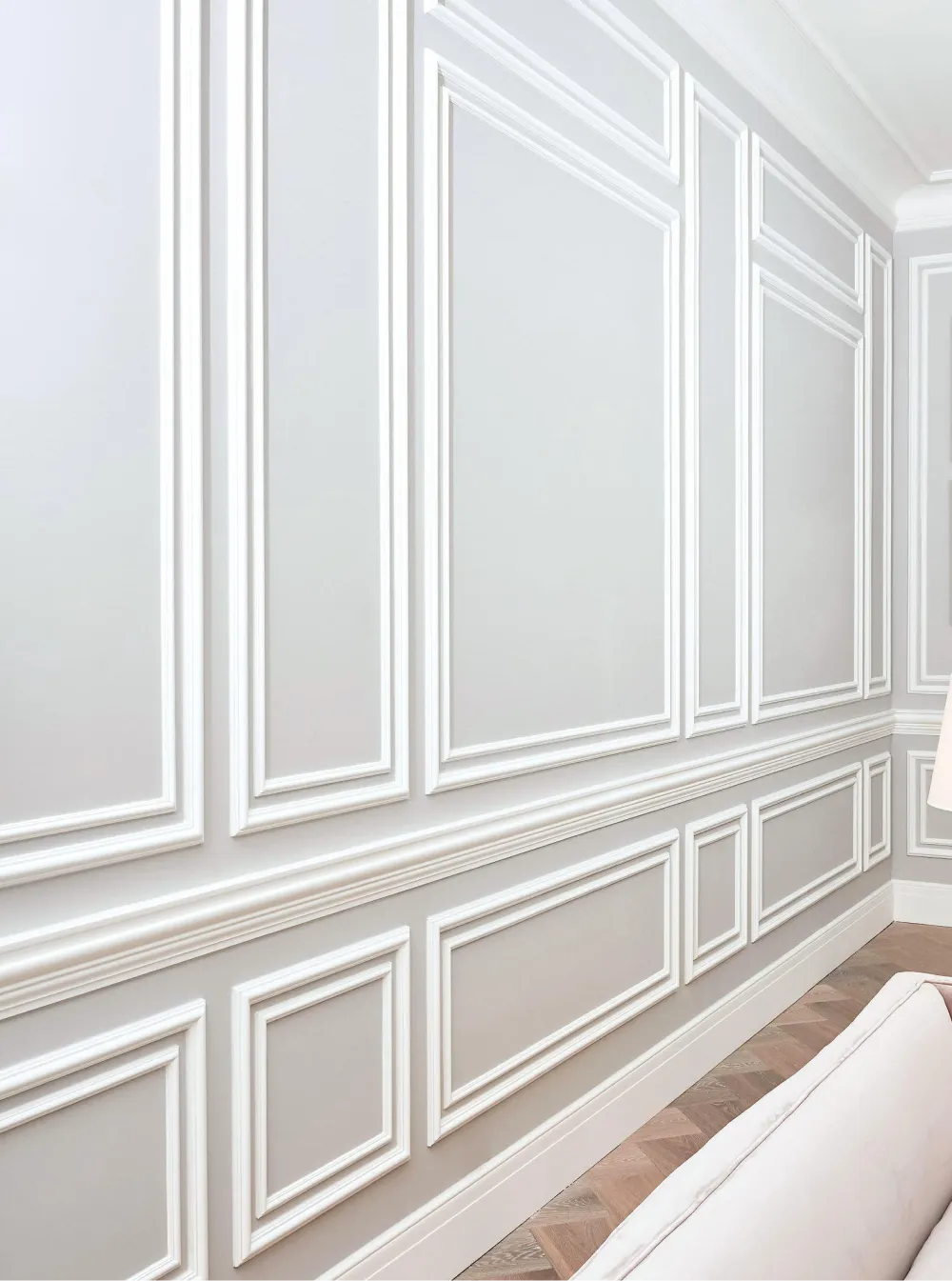
Image source: Pexels
This style creates a deeper look with more details than milled raised panels. Overlay panels are usually associated with neoclassical design, symbolizing Old English castles and gloomy libraries. They can be installed directly onto a wall above the baseboard and beneath a chair rail.
5. Board and Batten
Board and batten wainscoting is a style of flat panel wainscoting that arranges battens (the vertical boards) in a regular pattern. These boards are usually 4-6 inches wide and spaced 10 inches apart.
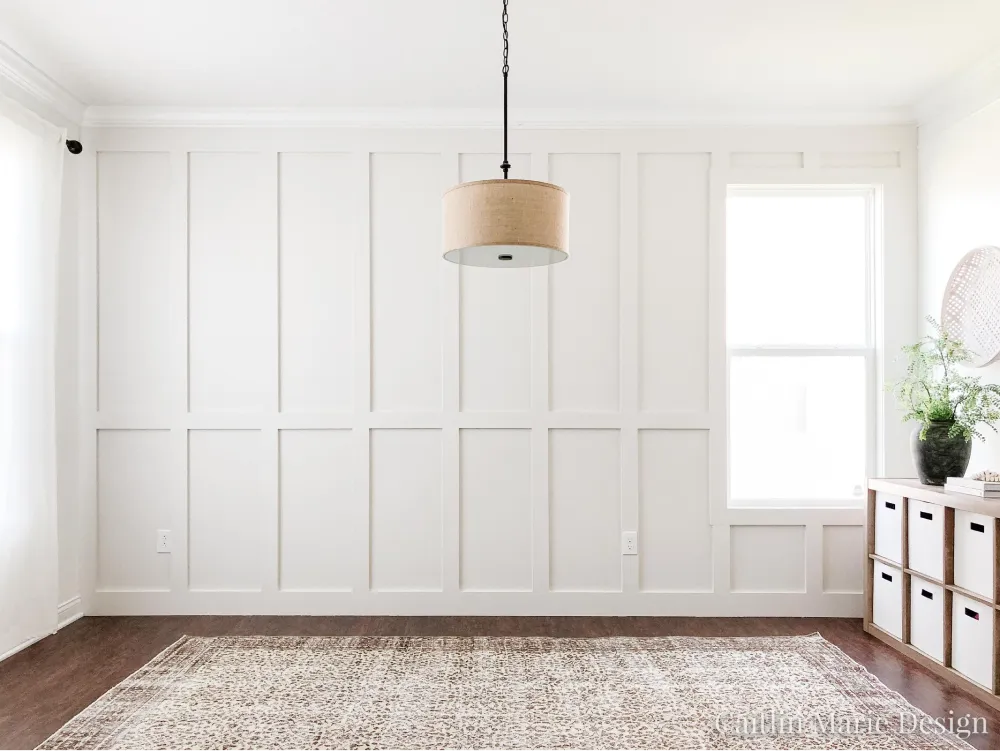
Image source: Pxhere
Originally, they were intended to hide joints or seams in walls. Because of their seamless appearance and clean lines, board-and-batten panels have become increasingly popular among different styles of wainscoting. They’re a favorite choice to pair with contemporary aesthetic spaces and can be used for one wall only or the entire room.
6. Vinyl Panel
A well-liked and low-maintenance option for upgrading high-humidity areas in homes or businesses is Vinyl panels. It is waterproof and excellent for spaces where other types of wainscoting pose challenges.
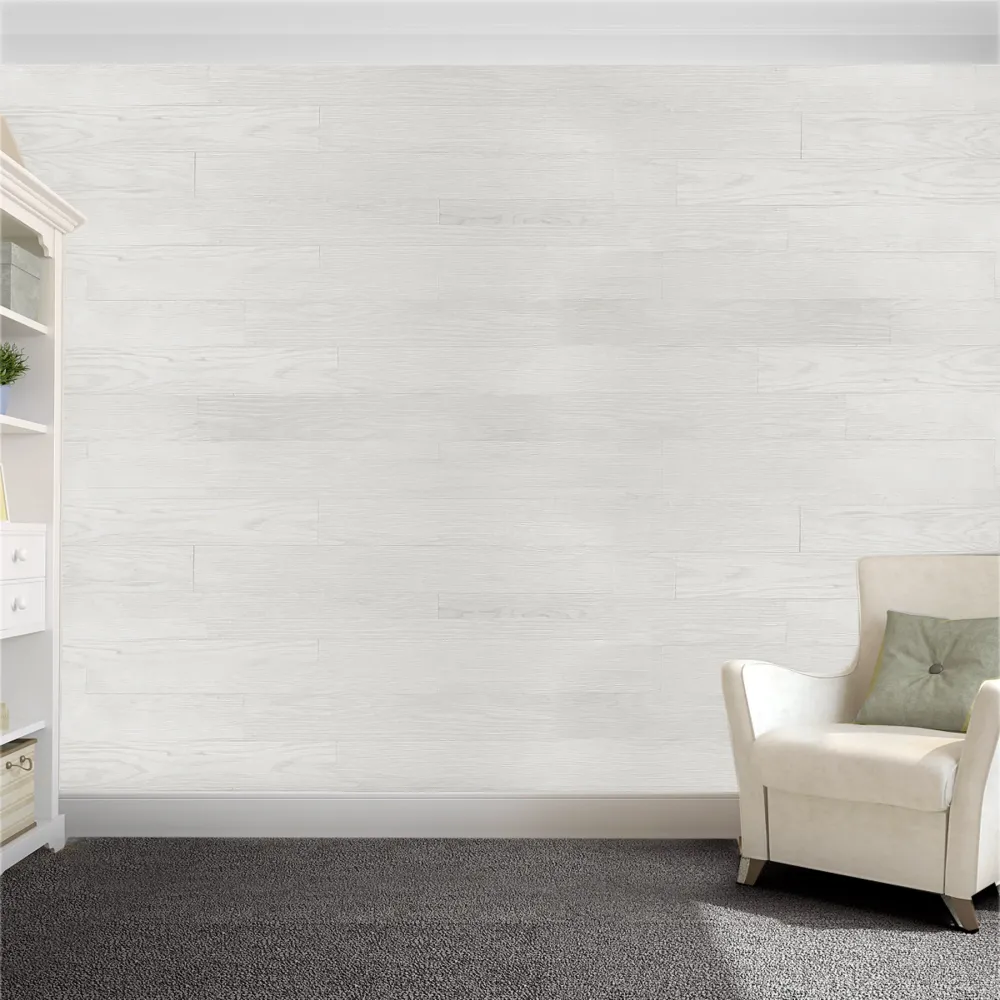
Image source: Pxhere
PVC planks are perfect for interior applications such as showers, bathrooms, laundry rooms, powder rooms, garages, basements, patios, and even boats. They also help cover walls and turn poor spaces into beautiful ones.
Decorate Your Space with Woody Wall’s Wood Panels
There are different types of wainscoting to install at the lower part of the wall for architectural and protection purposes. Each of them offers unique features to fit various design preferences and customization options.
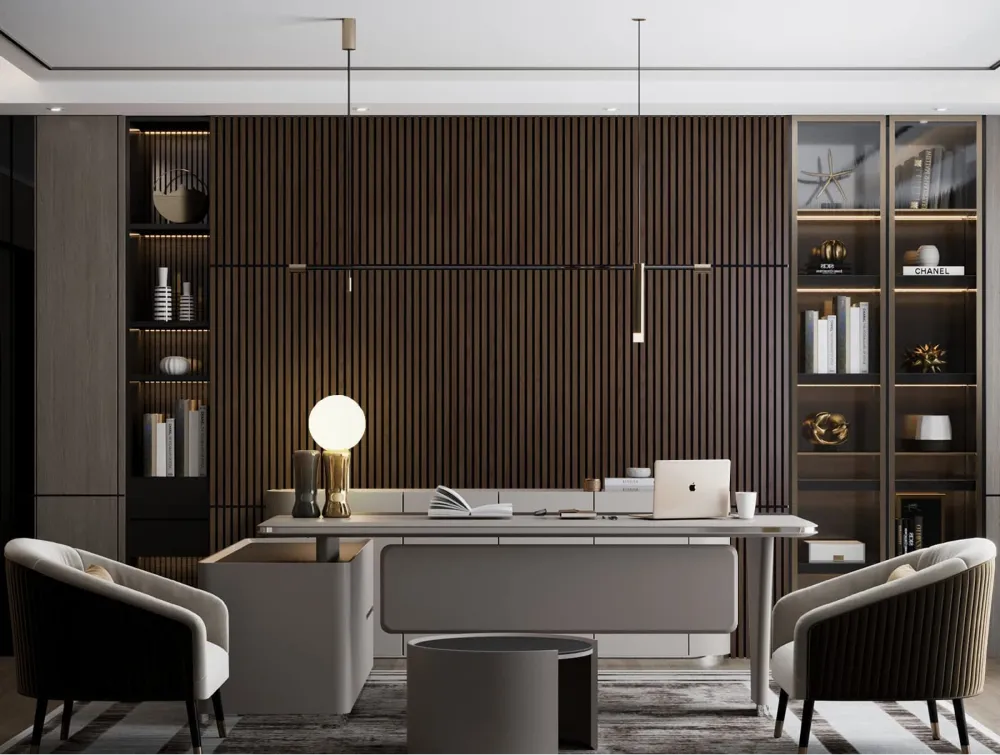
If you’re looking for a way to dress up your wall, Woody Wall paneling and plank can help. Our products are made from sustainably sourced materials, providing a natural aesthetic and durability. The easy-to-install property and eco-friendly designs can greatly transform your space. Plus, we enhance the finished look of wainscoting with metal edge trims.
We offer a long list of options, guaranteeing you a suitable choice for your needs:
- Solid wood slat panels
- Oak veneer acoustic wood panels
- Peel and stick wood planks
- Premium wood mosaic 3D wall panels
- 3D wall panels
- Long 3D wall panels
- Barnwood planks
Contact us right now for the best offer!
FAQs
1. What should you consider when choosing the right wainscot for your house?
There are 6 main things you need to look at to decide on the proper wainscoting:
- Consider the overall height: Use the one-third rule. The panel should be ⅓ of the height between your floor and ceiling.
- Deal with the windowsill: If the wainscot height and windowsill are nearly equal but not in line, raising the wainscoting by an inch can create two distinct features, demonstrating an intentional choice of design.
- Work with door openings: Wainscoting installation on a wall with door openings presents design challenges like unequal panels and molding thickness. Solutions include adjusted panel sizes, curved transitions, or 45° angle cap molding.
- Choose the panel layout: Wainscoting is a versatile wall covering that can be any shape and size without precise panel width and height rules. MDF beadboard panels usually offer a simpler layout.
- Materials: You can choose the materials based on your preference, room design, and budget.
- Consider appropriate proportion: The appropriate ratio for stiles, rails, chair rail molding, and height vs. length will vary depending on the available space, room, and your preference.
2. What rooms should have wainscoting panels?
Wainscoting panels are ideal for highly visible or frequently used areas such as dining rooms, stairways, and entrances.
3. What is the best material for wainscoting?
The most popular wainscoting material is solid wood, including pine, oak, and cherry. However, people also prefer cost-effective options such as MDF (medium-density fiberboard) and PVC. These materials are long-lasting, simple to install, and blend well with interior design. Wainscoting can also be made from tile, laminate, or metal, showing its versatility to meet a wide range of practical needs and aesthetic choices.

